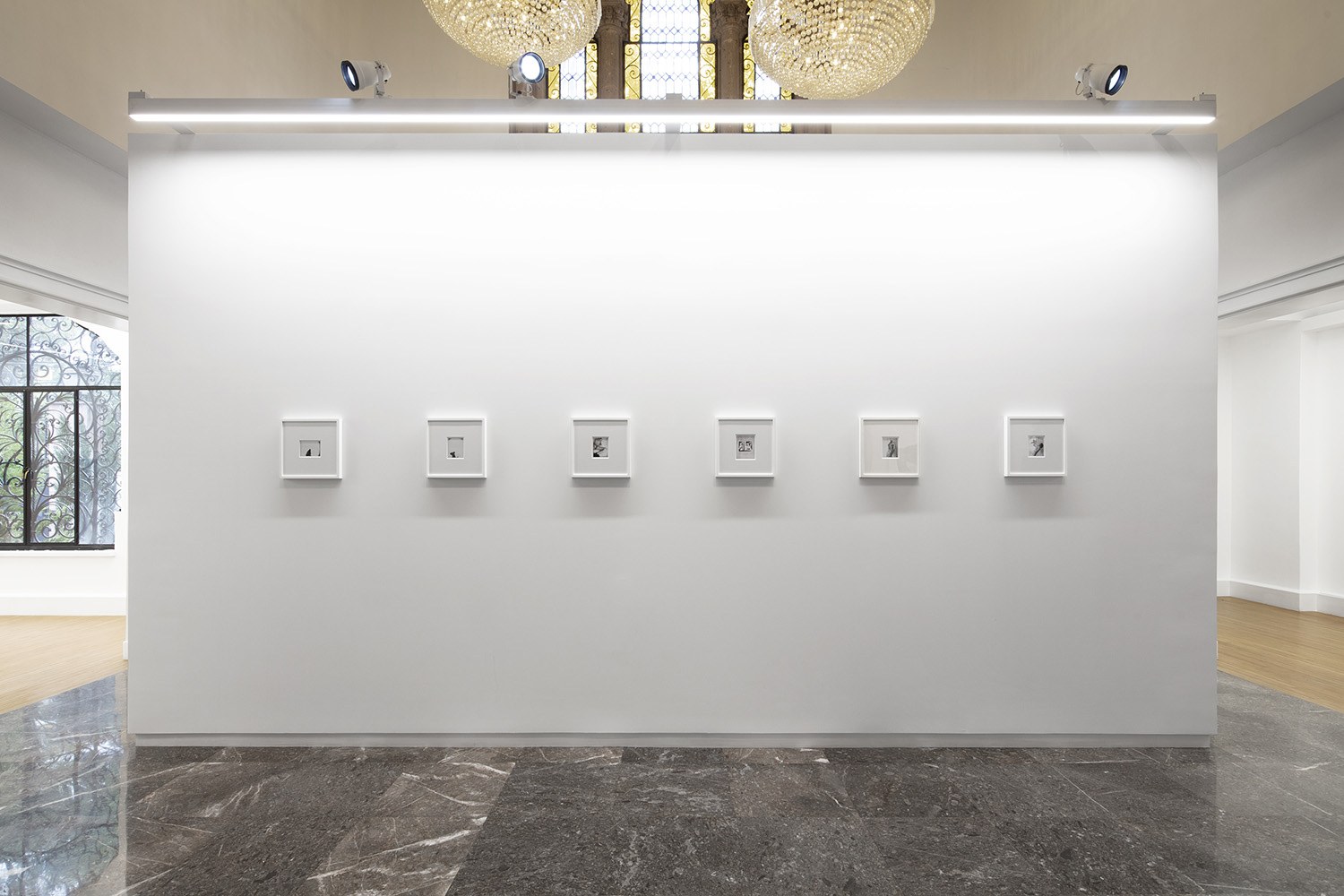
Installation view
Mapplethorpe: Escultura, 2021
Photograph courtesy of Ramiro Chaves
Mapplethorpe: EsculturaCurated by Tobias Ostrander
Curated by Tobias Ostrander, Mapplethorpe: Escultura explores the artist’s interest in classical and Renaissance sculpture, as both subject and aesthetic resource. The 36 works exhibited include unique Polaroids that evidence the artist’s early interest in Michelangelo, as well as others depicting male nude sculptures in public parks and squares, taken during a trip to Europe by the artist in the early 1970s. Silver gelatin prints of classical marble and bronze sculptures are included, taken at several museums, as well as examples from the artist’s own collection. The selection mixes sculpture-based works with additional subjects portrayed by the artist, including flowers, portraits and sex acts involving sadomasochism related to his famous X portfolio. The diversity of the selection is intended to demonstrate how the artist approached all of his subjects with a sculptor’s eye. Strategies that evidence his sculptural interests include the use of dramatic lighting effects to stress the volume of the figures and objects represented, as well as his habitual use of pedestals, curtains and other forms of drapery. Mapplethorpe’s distinct cropping of his images, which highlight and abstract sections of the body, directly nod to the fragmented state of much of classical sculpture. The unique sexual charge that the artist brought to all his images is here addressed as related to ancient connections between aesthetics and eroticism, associated within historic renderings of the human form.
###
Curada por Tobias Ostrander, Mapplethorpe: Escultura explora el interés del artista en la escultura clásica y renacentista como sujeto y recurso estético. Las 36 piezas expuestas incluyen Polaroids únicas que evidencian el temprano interés en artistas como Michelangelo y otros llevándolo así a retratar esculturas de hombres desnudos en parques y plazas públicas, tomados durante el viaje de Mapplethorpe a Europa a principios de los años 70. Se muestran también impresiones de plata sobre gelatina de esculturas clásicas en mármol y bronce, tomadas en varios museos así como ejemplos de la colección personal del artista. La selección aquí presentada mezcla trabajos basados en escultura y sujetos adicionales fotografiados por el artista, incluyendo flores, retratos y actos sexuales sadomasoquistas relacionados con su famoso X Portfolio. La diversidad de la selección pretende evidenciar el “ojo escultórico” de Mapplethorpe a la hora de aproximarse a sus sujetos. Algunas de las estrategias que evidencian su interés por lo escultórico incluyen el uso de efectos dramáticos de iluminación para destacar el volumen de las figuras y objetos representados, su uso habitual de pedestales, cortinas y otras formas de drapeados. El recorte distintivo que Mapplethorpe aplicaba a sus imágenes, que resaltan y abstraen secciones del cuerpo, hacen un guiño directo al estado fragmentado de gran parte de la escultura clásica. La carga sexual única que el artista aportaba a todas sus imágenes se aborda aquí en relación con las conexiones antiguas entre la estética y el erotismo, asociadas dentro de las representaciones históricas de la forma humana.
During an interview with Janet Kardon in 1987, Robert Mapplethorpe famously stated, “If I had been born one hundred or two hundred years ago, I might have been a sculptor, but photography is a very quick way to see, to make sculpture.” The current exhibition Mapplethorpe: Escultura addresses the artist’s unique explorations of three-dimensional forms within the two-dimensions of photography, focusing on the particular influence that Classical and Renaissance sculpture had on his production, as both subject and aesthetic resource.
Untitled (Slave) is a pale Polaroid from 1974 in which the artist reproduced two images of Michelangelo’s sculpture Dying Captive (ca. 1513). This is an early reference to his admiration for the Renaissance artist, a deep attraction that his friend and muse Patti Smith commemorated in her poem dedicated to him, titled “The Boy Who Loved Michelangelo.” The upward viewing angle structured in Dying Captive, which greatly adds to its strong sensuality, would become a strategy engaged by Mapplethorpe in his photographs, particularly in his Polaroid self-portraits from the 1970s, of which an intriguing example is included in the exhibition. Several additional Polaroids from the early 1970s depict images of sculptures in public parks, taken by the artist during a trip to London. These nude male figures, originally intended to convey heroic and humanist ideals, are imbued with erotic suggestion by the artist, through the particular upward angle of his depictions.
Mapplethorpe: Escultura also includes silver gelatin prints of classical bronze and marble sculptures, taken at several European museums. Bronze Sculpture from 1978 is a strong example, depicting an ancient metal artifact positioned with a black base above a white pedestal. Age and history have damaged the piece and what remains intact of the male figure is his lower torso, genitals, buttocks, and thighs. The photograph Milton Moore, from 1981, presents the leg and genitals of a contemporary African American male model at a distinctly similar angle to that of Bronze Sculpture. The manner in which Mapplethorpe crops the figure in the second image, specifically framing him from his lower torso to his muscular thigh, directly recalls the fragmentation of the classical sculpture in the earlier photograph.
Beyond the manner in which the fragmentation found historically with Classical sculpture can clearly be seen as influencing framing and compositional decisions in his representations of male and female bodies, the New York artist’s attraction to several other tropes associated with ancient Greek and Roman sculpture are also evident. Curtains, drapery, and wrapping the body in translucent fabric are some of these traditions engaged by the artist, evident for example in the elegant portrait Patti Smith from 1978, or the strangely combined figures in White Gauze from 1984. Mapplethorpe’s habitual use of stone bases to position his figures is another sculptural strategy, as in Vibert from 1984, which depicts the shadowed torso and arms of its subject leaning on a low stone column, transforming him into a bust-like sculpture.
Mapplethorpe evidences a particular magic with his use of the black and white photographic medium, in his ability to seemingly transform human bodies into static sculptures, and with sculptures to imbue them with human-like vitality. With the image Dennis from 1978, for example, the skin of the shoulder, neck, and chin of the figure shine with a marble-like smoothness, while with Black Bust from 1988, the face of an African man depicted in a 19th century sculpture, which formed part of the artist’s personal collection, is shown at such close range that it takes on the intimate feeling of a direct portrait of a live individual.
In addition to works depicting sculptures and nude figures, Mapplethorpe: Escultura presents images of alternate subjects photographed by the artist, including flowers, portraits, and sex acts involving sadomasochism related to his famous X Portfolio. This range within the exhibition is intended to demonstrate how Mapplethorpe approached all of his subjects with a sculptor’s eye. An interesting example from his flower series is Orchid with Hand, from 1983, which depicts a male hand holding a large orchid on a table set against a black background. Formally, the fingers of the hand and the petals of the flower are twinned in the image, both taking on an uncanny, alien character. In the portrait of Carol Overby from 1979, she holds her hand up against the bright sunlight that flattens and abstracts the smooth textures of her bare white skin and long hair. Richard from 1978, which forms part of the X Portfolio, is perhaps the most aggressive image included in the exhibition, displaying its subject’s bloody genitals painfully pressed against a metal plaque and tied with string, presented within a flat composition that recalls a sculptural relief. The artist habitually uses dramatic lighting in all his works to emphasize the volume of the body parts and objects represented.
While intentionally diverse, all the artist’s chosen subject matter inherently evokes the human body and more specifically, sexualized bodies. He brings a particular energy to his depictions and is able to imbue all, even a plant or vegetable, as in Cattail or Gourd, both from 1983, with sexual content or erotic potential. It is his attraction to Classical and Renaissance statues however – their poses, proportions and muscular detail – that this exhibition argues is the most complex and intriguing of his aesthetic pursuits. The artist spoke of his quest for the “perfection of form,” and when applied to renditions of the human body, this ambition speaks closely to Hellenistic conceptions of beauty and the stated goals of Renaissance artists such as the aforementioned Michelangelo. The eroticism that he brings to these references reminds us that even within these idealized-past sculptural traditions, erotic desire was never fully absent or even repressed. While the directness and unapologetic quality of Mapplethorpe’s photographs feels quite contemporary and aggressively progressive for his moment, these works’ particular entwining of beauty and sexual desire within sculptural form feels provocatively ancient.
###
Durante una entrevista con Janet Kardon en 1987, Robert Mapplethorpe famosamente dijo “De haber nacido hace cien o doscientos años, tal vez hubiera sido escultor, pero la fotografía es una manera muy rápida para ver, para hacer escultura.” La exposición actual, Mapplethorpe: Escultura aborda la exploración única del artista de formas tridimensionales contenidas en el formato bidimensional de la fotografías, centrándose en la particular influencia que la escultura Clásica y Renacentista tuvieron en su producción, como sujeto y recurso estético.
Untitled (Slave) es una polaroid pálida de 1974 en la cual el artista reprodujo dos imágenes de la escultura Esclavo Moribundo (circa 1513) de Michelangelo. Esta, es una temprana referencia a su admiración al artista Renacentista, una profunda atracción que su amiga y musa Patti Smith conmemoró en el poema que le dedicó llamado “The Boy Who Loved Michelangelo.” El ángulo de visión ascendente estructurado en Esclavo Moribundo, que se suma en gran medida a su fuerte sensualidad, se convertiría en una estrategia empleada por Mapplethorpe en sus fotografías, particularmente en sus autorretratos Polaroid de la década de 1970, de los cuales se incluye un ejemplo intrigante en la exposición. Varias Polaroids adicionales de principios de la década de 1970 muestran imágenes de esculturas en parques públicos, tomadas por el artista durante un viaje a Londres. Estas figuras masculinas desnudas, originalmente destinadas a transmitir ideales heroicos y humanistas, están imbuidas de la sugerencia erótica del artista, a través del particular ángulo ascendente de sus representaciones.
Mapplethorpe: Escultura incluye también impresiones de plata sobre gelatina de esculturas clásicas en bronce y mármol, las imágenes fueron tomadas en diversos museos Europeos. Bronze Sculpture de 1978 es un claro ejemplo, mostrando un antiguo artefacto de metal posicionado sobre una base negra encima de un pedestal. El paso del tiempo y la historia han dañado la pieza y lo que queda intacto de la figura masculina es la parte inferior del torso, genitales, nalgas y muslos. La fotografía Milton Moore de 1981, presenta la pierna y genitales de un modelo Afroamericano contemporáneo con un ángulo notablemente similar al de Bronze Sculpture. La manera en la que Mapplethorpe recorta la figura en la segunda imagen, específicamente encuadrándolo desde la parte inferior del torso hacia el muslo, recuerda directamente la fragmentación de la escultura clásica en la fotografía anterior.
Más allá de la forma en la que la fragmentación encontrada históricamente en la escultura clásica puede verse claramente como una influencia en el encuadre y las decisiones compositivas en sus representaciones de cuerpos masculinos y femeninos, la atracción del artista de Nueva York por varios otros tropos asociados con la escultura griega y romana antigua también es evidente. Cortinas, drapeados y envolver el cuerpo en telas translúcidas son algunas de las tradiciones usadas por Mapplethorpe, patentes por ejemplo en el elegante retrato de Patti Smith de 1978, o las figuras extrañamente combinadas en White Gauze de 1984. El uso habitual de Mapplethorpe de bases de piedra para posicionar sus figuras es otra estrategia escultórica, como en Vibert de 1984, que representa el torso y los brazos sombreados de su sujeto apoyado en una columna baja de piedra, transformándolo en una escultura en forma de busto.
Mapplethorpe evidencia una especie de magia particular con el uso del medio fotográfico en blanco y negro, en su capacidad para aparentemente transformar cuerpos humanos en esculturas estáticas, y con esculturas imbuidas de vitalidad casi humana. Con la imagen Dennis de 1978, por ejemplo vemos un brillo como mármol terso en la piel del hombro, cuello, y mentón de la figura. Mientras que con Black Bust de 1988, se presenta una escultura, parte de la colección personal del artista, del rostro de un hombre africano del S. XIX, la cercanía con la que esta se muestra provoca la sensación íntima de ser el retrato directo de un individúo vivo.
Sumadas a las piezas retratando desnudos y esculturas, Mapplethorpe: Escultura presenta imágenes de sujetos alternos fotografiados por el artista, incluyendo flores, retratos y actos sexuales sadomasoquistas relacionados con su reconocido X Portfolio. Esta sección dentro de la exposición pretende demostrar la manera en la que Mapplethorpe se aproximaba a todos sus sujetos con ojo de escultor. Un ejemplo interesante de su serie de flores es Orchid with Hand, de 1983, la imagen muestra una mano masculina sosteniendo una gran orquídea sobre una mesa con fondo negro detrás. Formalmente, los dedos de la mano y pétalos de la flor se combinan en la imagen, adquiriendo ambos un carácter extraño, quasi alienígena. En el retrato Carol Overby de 1979, la mujer sostiene su mano a contraluz del sol, efecto que provoca que se aplanen y abstraigan las suaves texturas de su piel blanca desnuda y pelo largo.
Richard de 1978, que forma parte del X Portfolio, es tal vez la imagen más agresiva incluida en la exposición, exhibiendo los genitales ensangrentados del sujeto, dolorosamente presionados contra una placa de metal y amarrados con hilo, presentados en una composición plana que nos recuerda a un relieve escultural. El artista emplea de manera habitual en sus trabajos el uso de una iluminación dramática para enfatizar el volumen de las partes del cuerpo y objetos representados.
Aunque intencionalmente diversos, todo el objeto de estudio elegido por el artista evoca inherentemente el cuerpo humano y, más específicamente, los cuerpos sexualizados. Aporta una energía particular a sus representaciones y es capaz de imbuir todo, incluso una planta o vegetal, como en Cattail o Gourd, ambos de 1983, con contenido sexual o potencial erótico. Sin embargo, es su atracción por las estatuas clásicas y renacentistas (sus poses, proporciones y detalles musculosos) lo que esta exposición sostiene que es la más compleja e intrigante de sus búsquedas estéticas. El artista habló de su búsqueda de la “perfección de la forma,” y cuando se aplica a las interpretaciones del cuerpo humano, esta ambición habla estrechamente de las concepciones helenísticas de la belleza y los objetivos declarados de artistas del Renacimiento como el mencionado Michelangelo. El erotismo que aporta a estas referencias nos recuerda que incluso dentro de estas tradiciones escultóricas del pasado idealizado, el deseo erótico nunca estuvo completamente ausente o incluso reprimido. Si bien la franqueza y la calidad sin complejos de las fotografías de Mapplethorpe se sienten bastante contemporáneas y agresivamente progresivas para su momento, el entrelazamiento particular de belleza y deseo sexual de estas obras dentro de la forma escultórica se siente provocativamente antiguo.
Tobias Ostrander is a curator and writer based in Mexico City, and the newly appointed Estrellita B. Brodsky Adjunct Curator, Latin America at Tate. He is the former Chief Curator and Deputy Director for Curatorial Affairs at the Pérez Art Museum Miami (2011-2019). He is a founding member of Tilting Axis, a platform for artists, curators and creatives from the greater Caribbean region (2014-2019). He has served as the Director at the Museo Experimental El Eco (2009-2011), the Chief Curator at the Museo Tamayo (2001-2009), and as the Associate Curator of inSITE2000 in San Diego/Tijuana (1999-2001). He was a founding member of the inter-institutional Museum of Hub initiated by the New Museum (2007-2012). He has additionally held positions at XXIV Bienal de São Paulo, El Museo del Barrio and the Brooklyn Museum of Art.
###
Tobias Ostrander es curador y escritor radicado en la Ciudad de México, recientemente nombrado curador adjunto de Estrellita B. Brodsky, América Latina en la Tate. Es ex conservador en jefe y Director Adjunto de Asuntos Curatoriales del Pérez Art Museum Miami (2011-2019). Es miembro fundador de Tilting Axis, una plataforma para artistas, curadores y creativos de la región del Gran Caribe (2014-2019). Se desempeñó como Director del Museo Experimental El Eco (2009-2011), Conservador Jefe del Museo Tamayo (2001-2009), y como Curador Asociado de inSITE2000 en San Diego / Tijuana (1999-2001). Fue miembro fundador del Museo Interinstitucional de Hub iniciado por el New Museum (2007-2012). Además ocupó cargos en la XXIV Bienal de São Paulo, El Museo del Barrio y el Museo de Arte de Brooklyn.
Dates
June 19 - August 18, 2021Opening Reception
Saturday, June 19, noon-3pmLocation
Av. Horacio 1022, PolancoMiguel Hidalgo 11550
Ciudad de México
Artist
Robert Mapplethorpe
Installation Views
All images: Mapplethorpe: Escultura, 2021. Photography courtesy of Ramiro Chaves
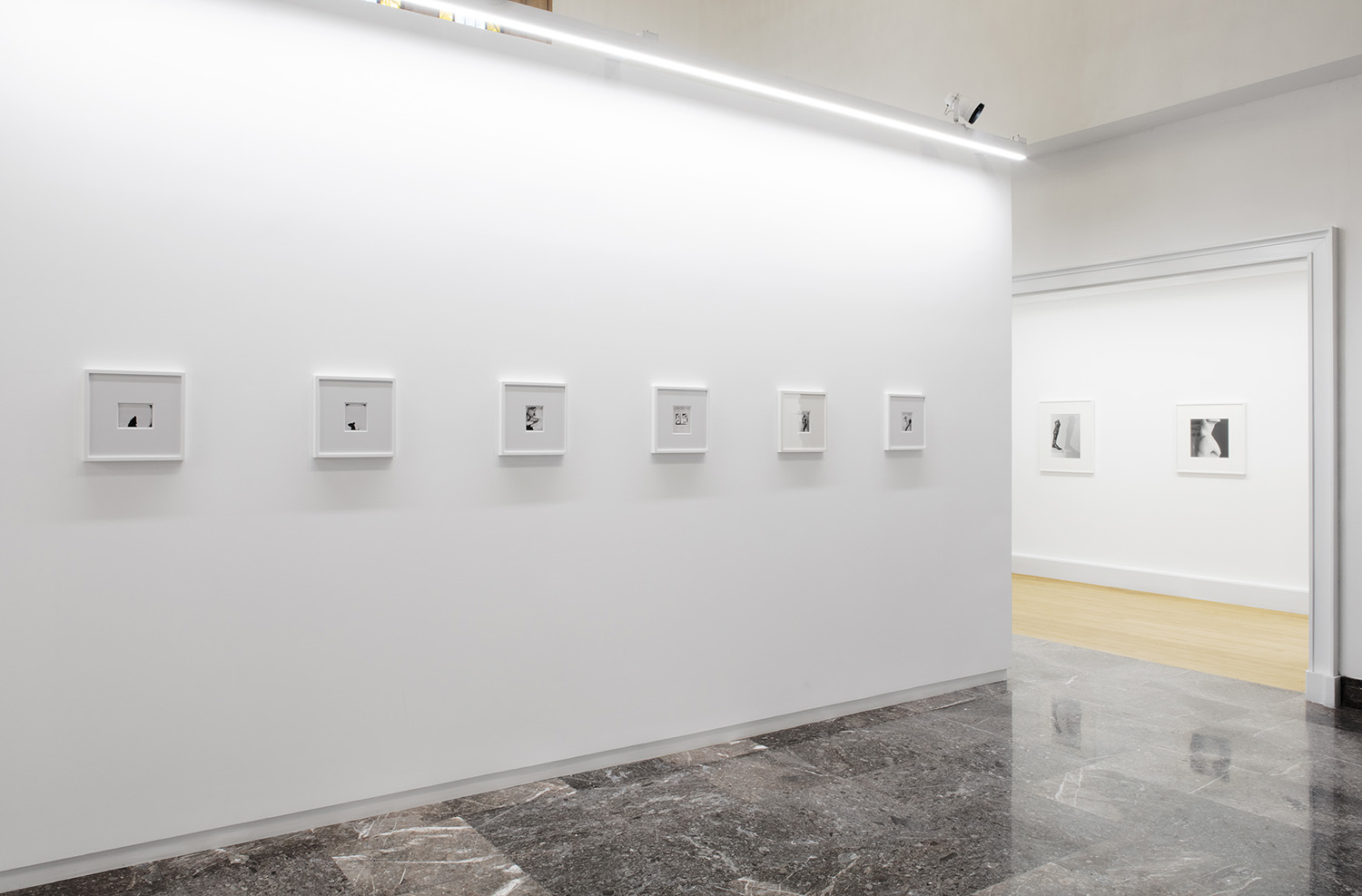
Installation view
Mapplethorpe: Escultura, 2021
Photograph courtesy of Ramiro Chaves
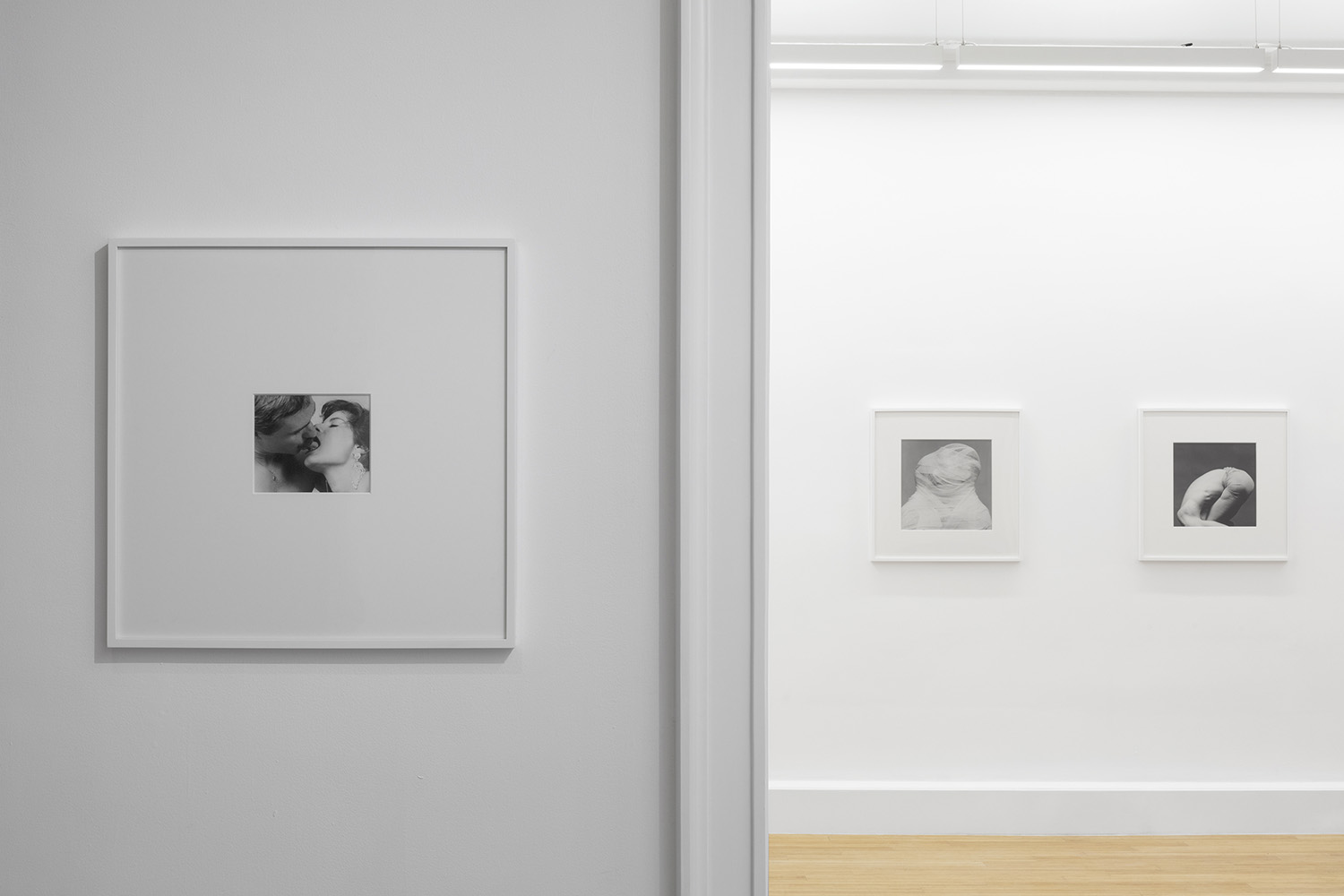
Installation view
Mapplethorpe: Escultura, 2021
Photograph courtesy of Ramiro Chaves
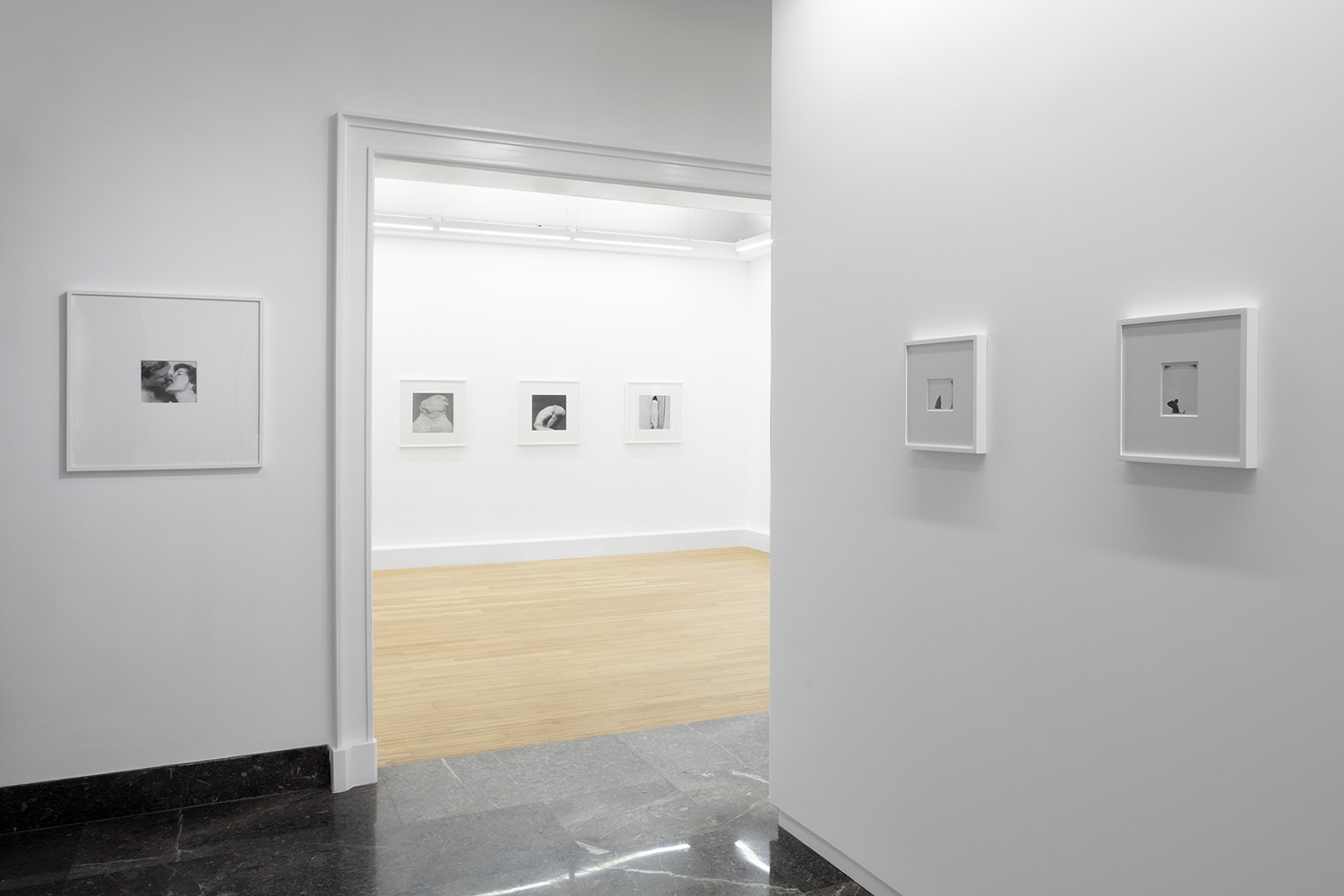
Installation view
Mapplethorpe: Escultura, 2021
Photograph courtesy of Ramiro Chaves
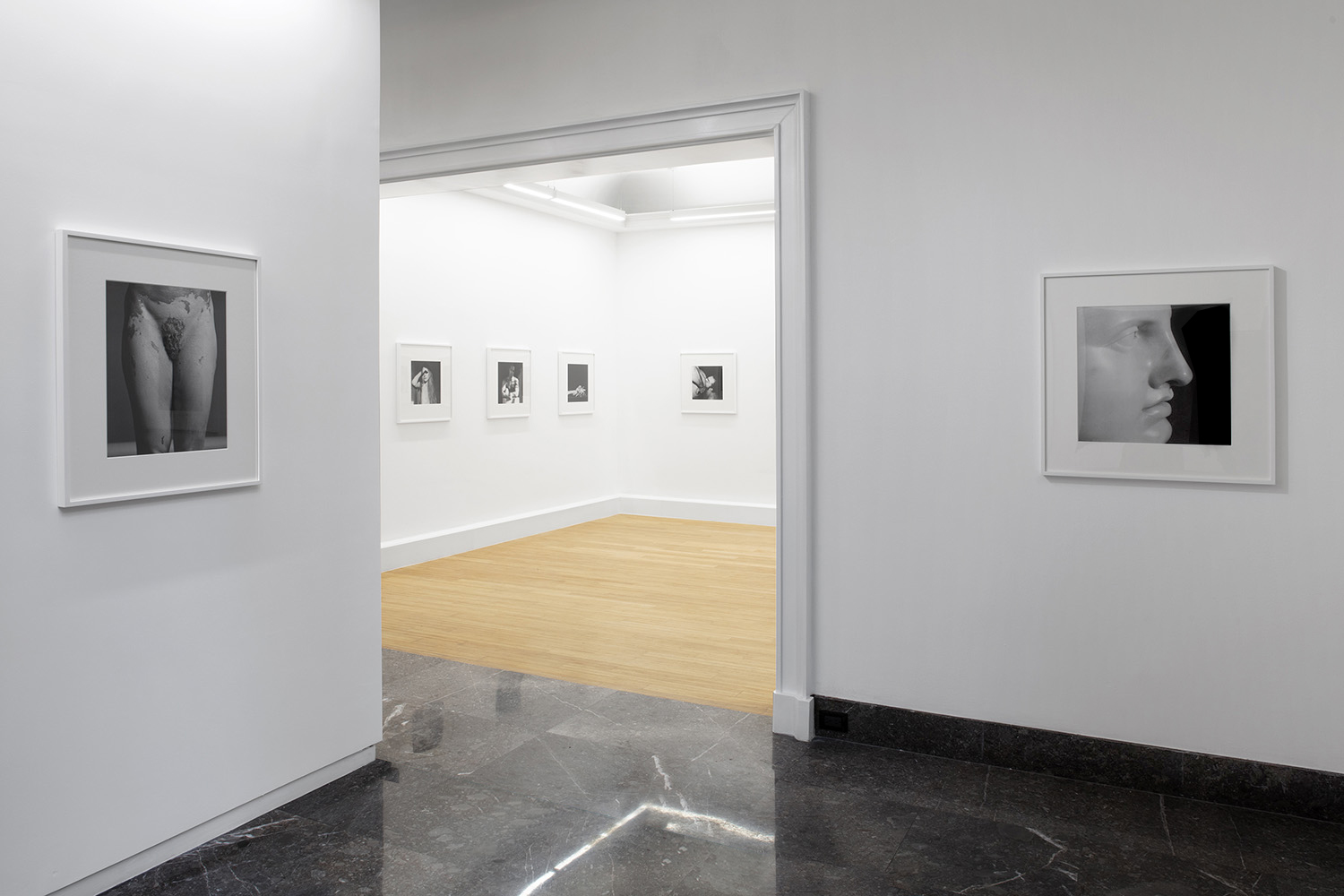
Installation view
Mapplethorpe: Escultura, 2021
Photograph courtesy of Ramiro Chaves
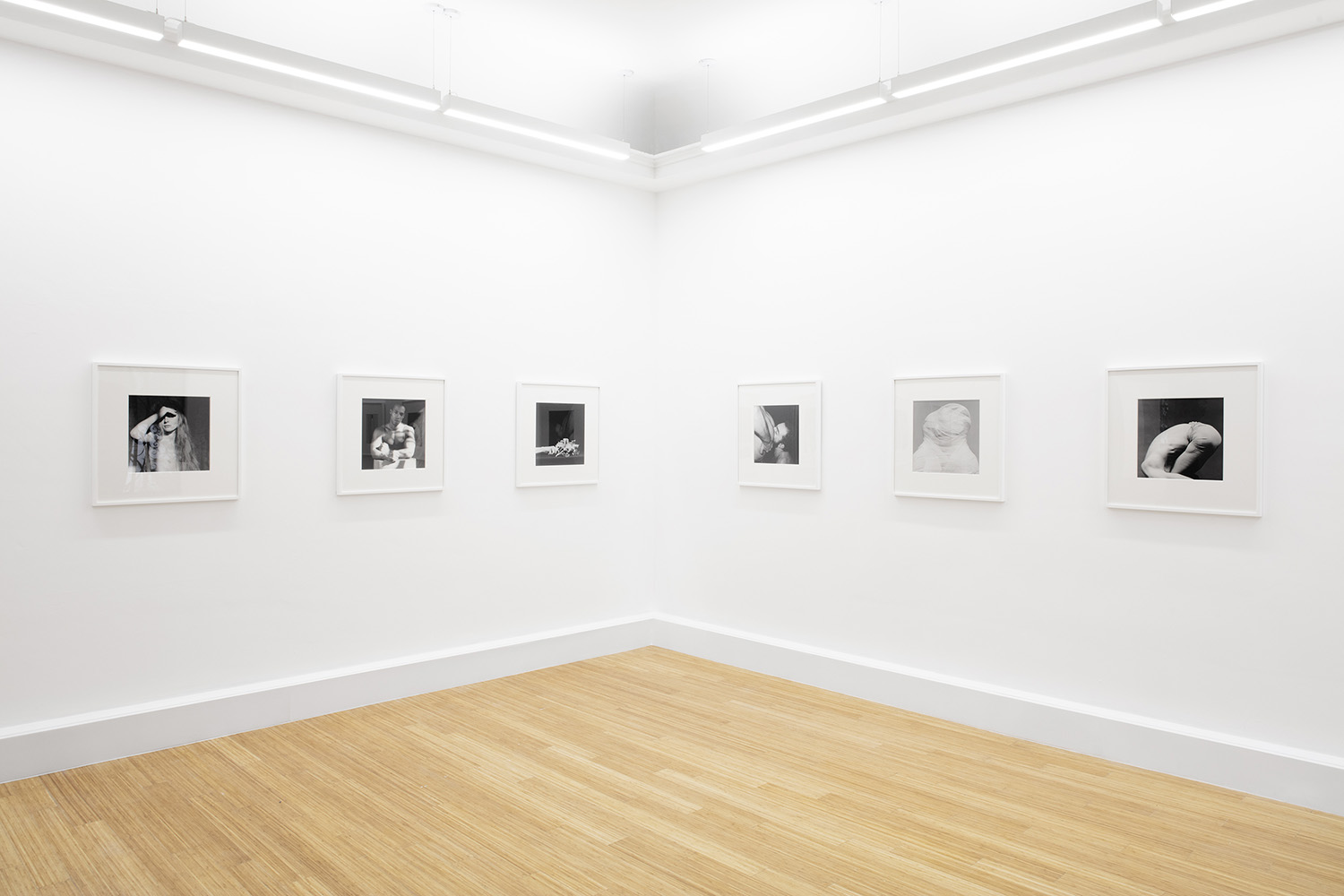
Installation view
Mapplethorpe: Escultura, 2021
Photograph courtesy of Ramiro Chaves
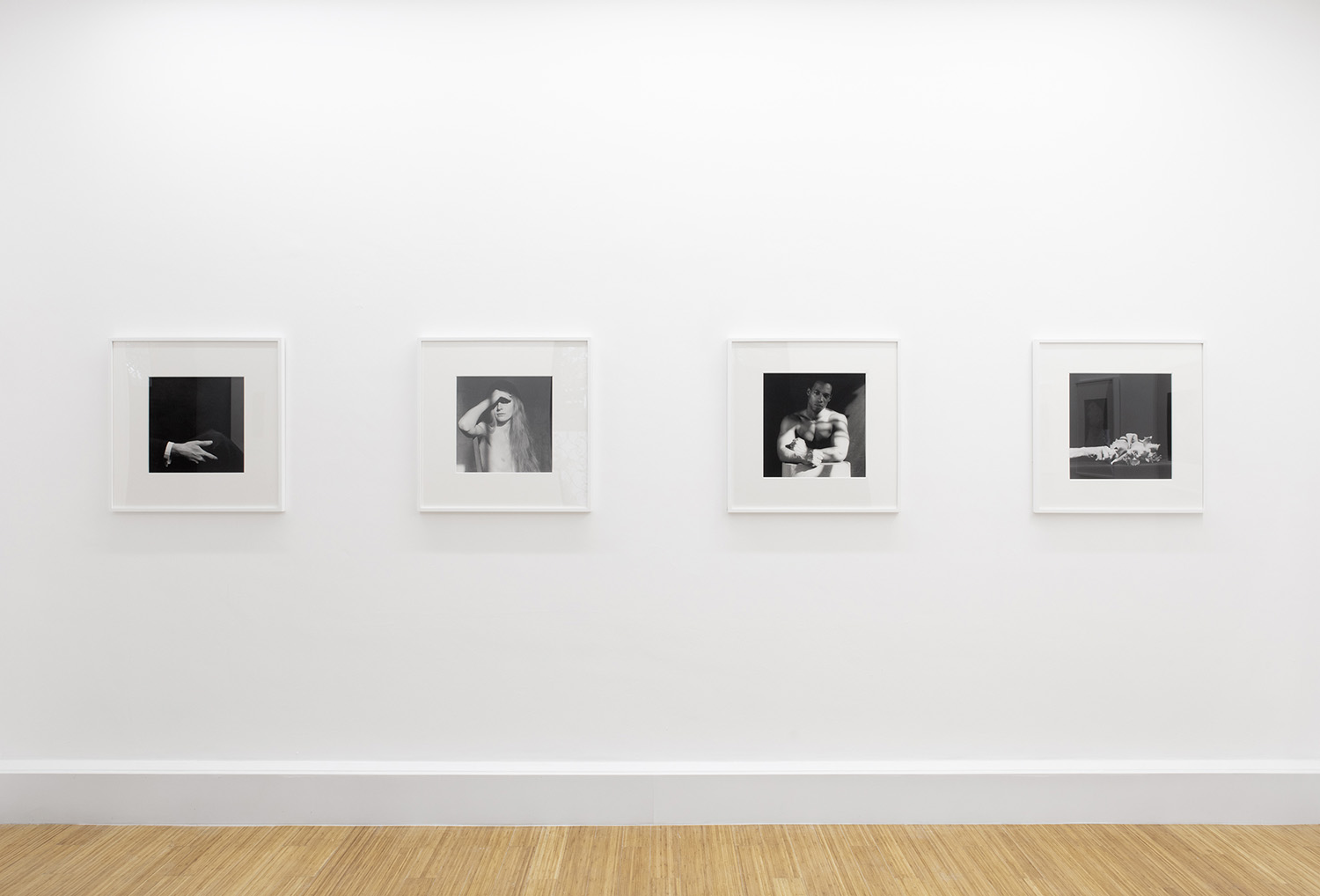
Installation view
Mapplethorpe: Escultura, 2021
Photograph courtesy of Ramiro Chaves
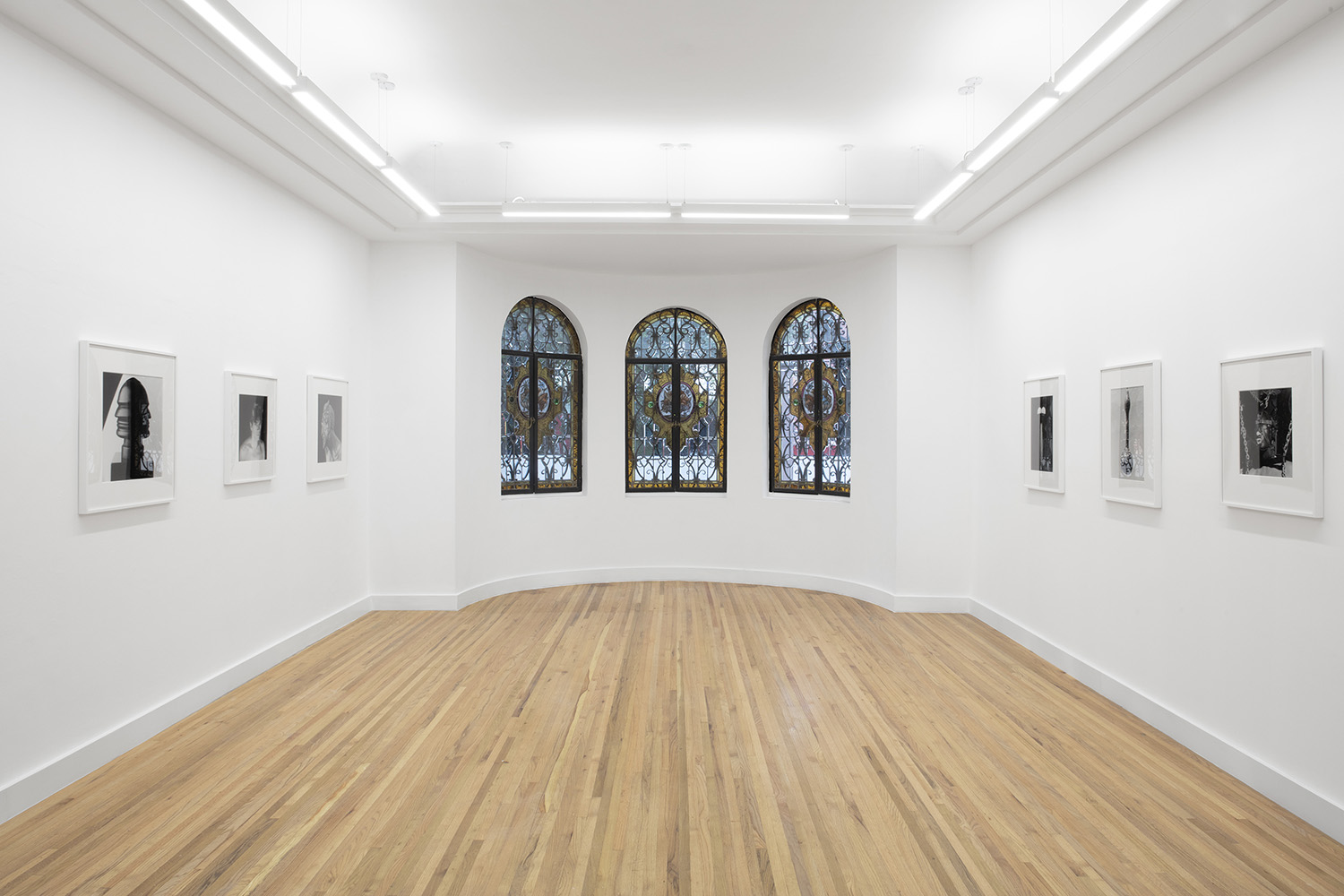
Installation view
Mapplethorpe: Escultura, 2021
Photograph courtesy of Ramiro Chaves
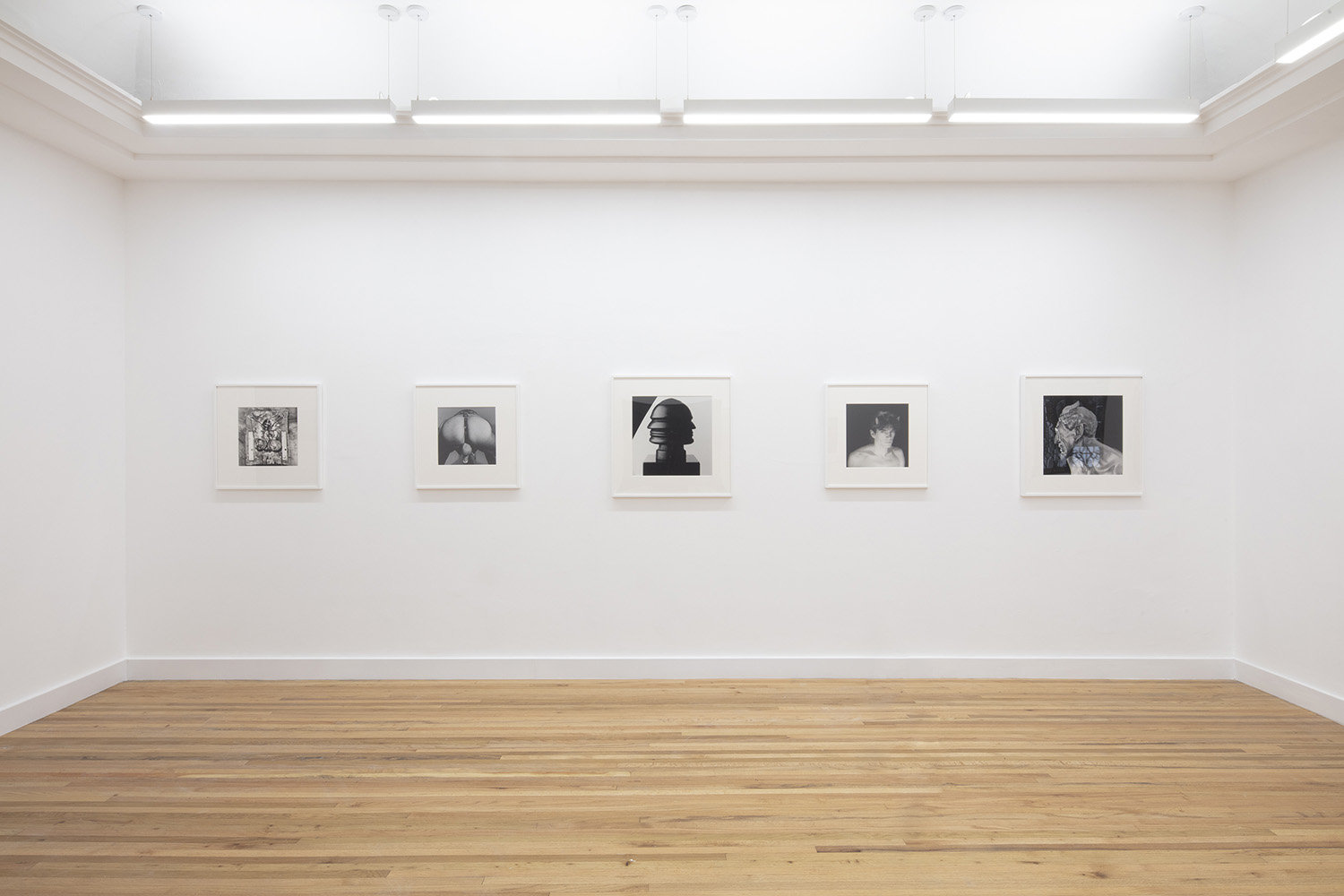
Installation view
Mapplethorpe: Escultura, 2021
Photograph courtesy of Ramiro Chaves
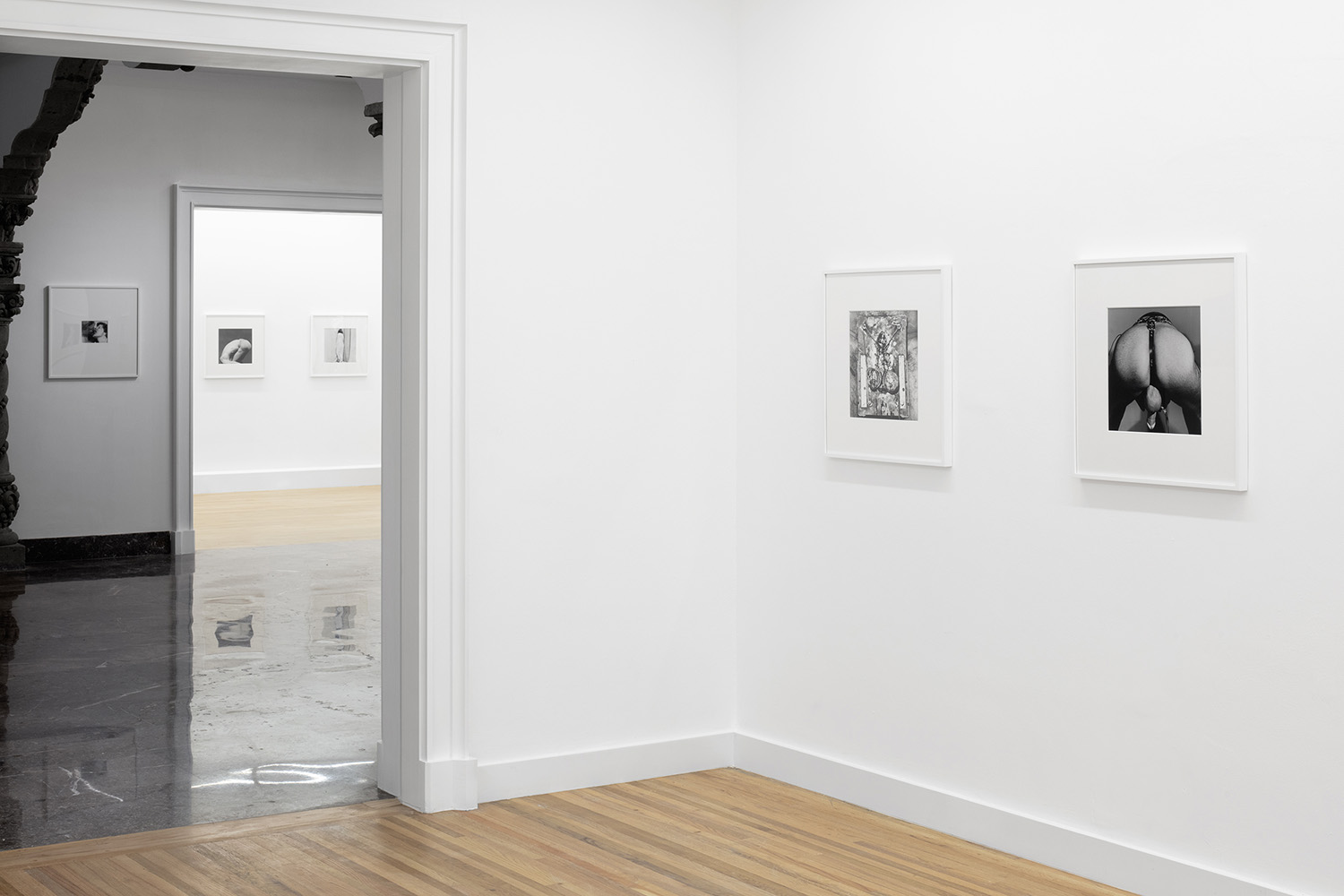
Installation view
Mapplethorpe: Escultura, 2021
Photograph courtesy of Ramiro Chaves
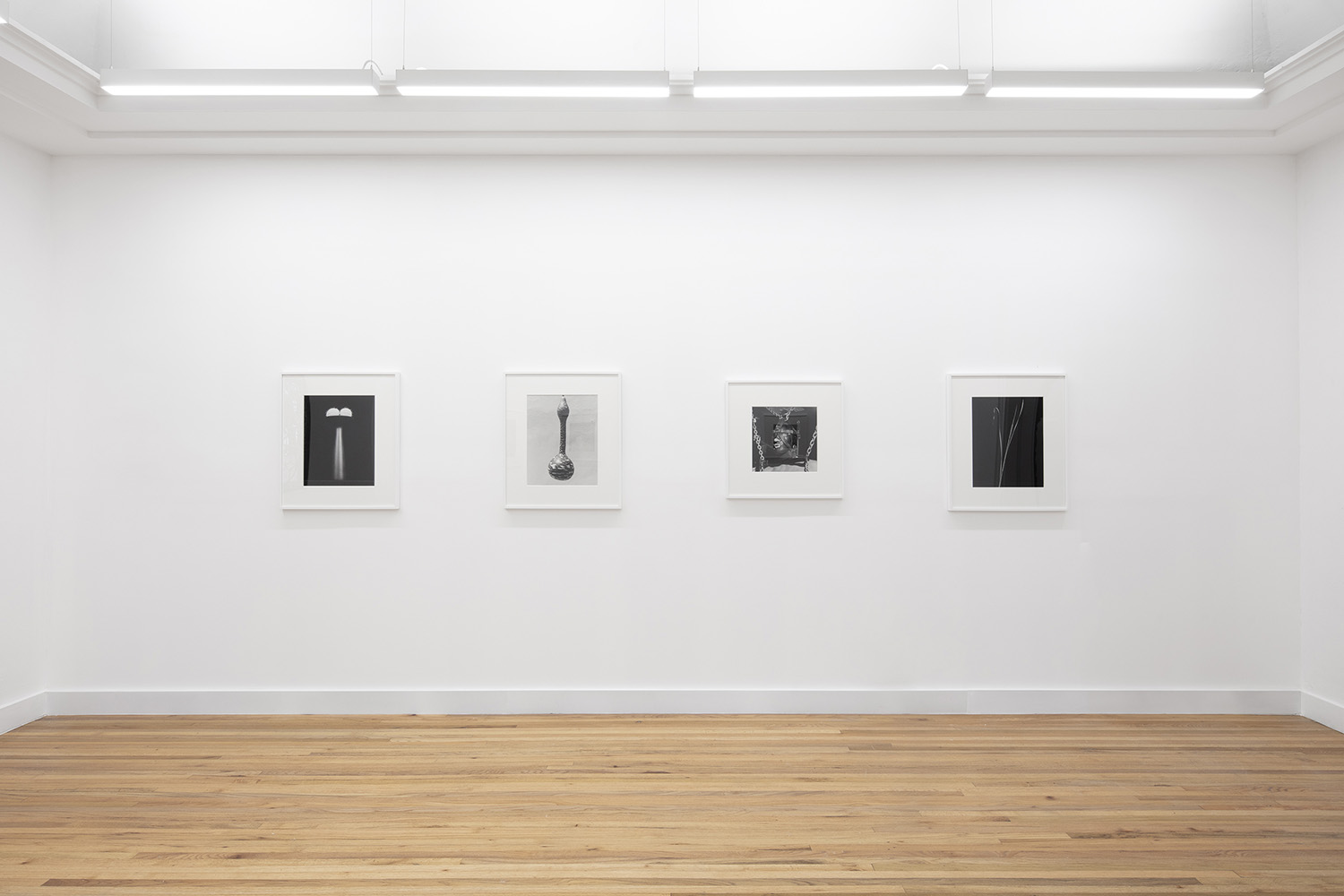
Installation view
Mapplethorpe: Escultura, 2021
Photograph courtesy of Ramiro Chaves
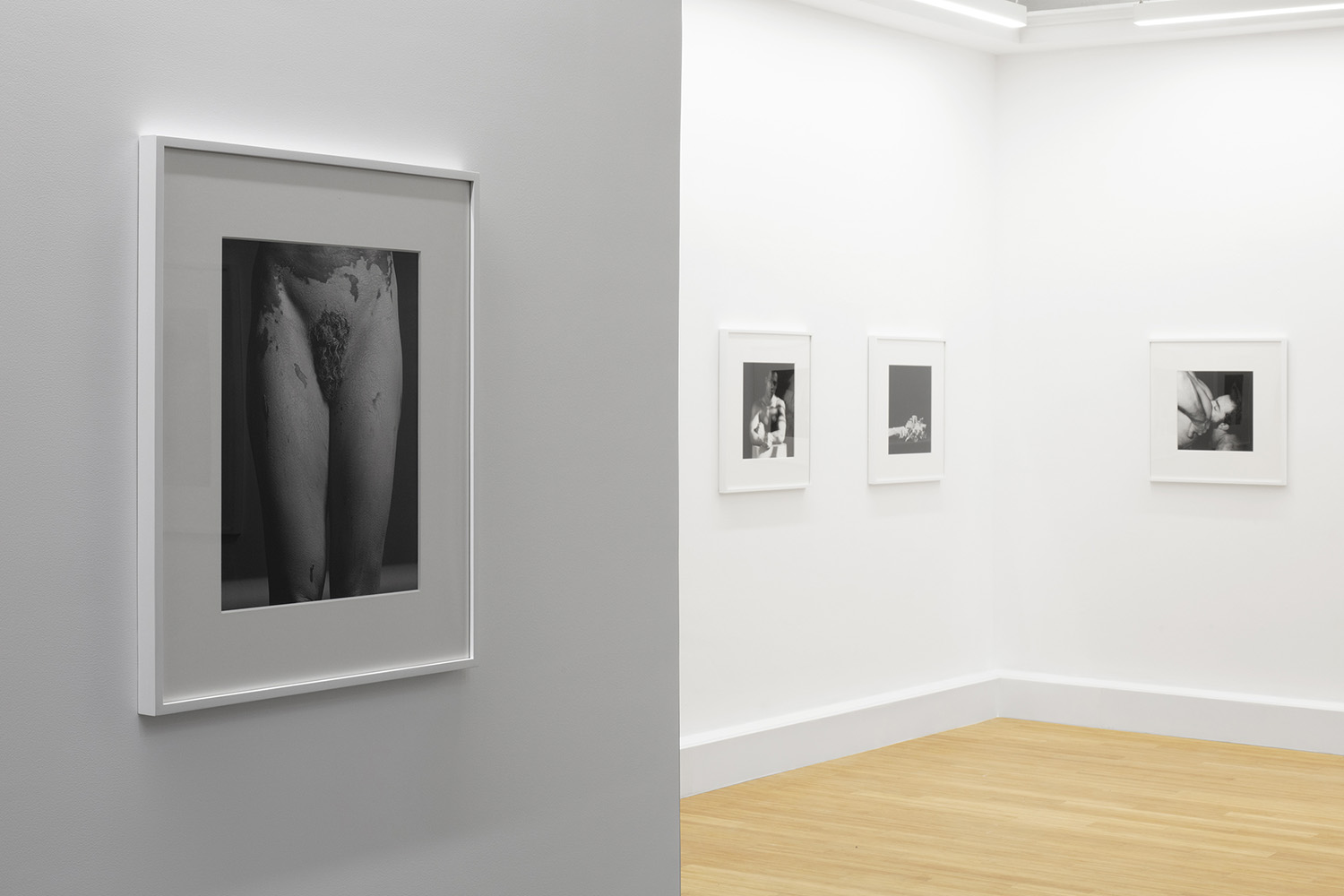
Installation view
Mapplethorpe: Escultura, 2021
Photograph courtesy of Ramiro Chaves

Installation view
Mapplethorpe: Escultura, 2021
Photograph courtesy of Ramiro Chaves
Artworks
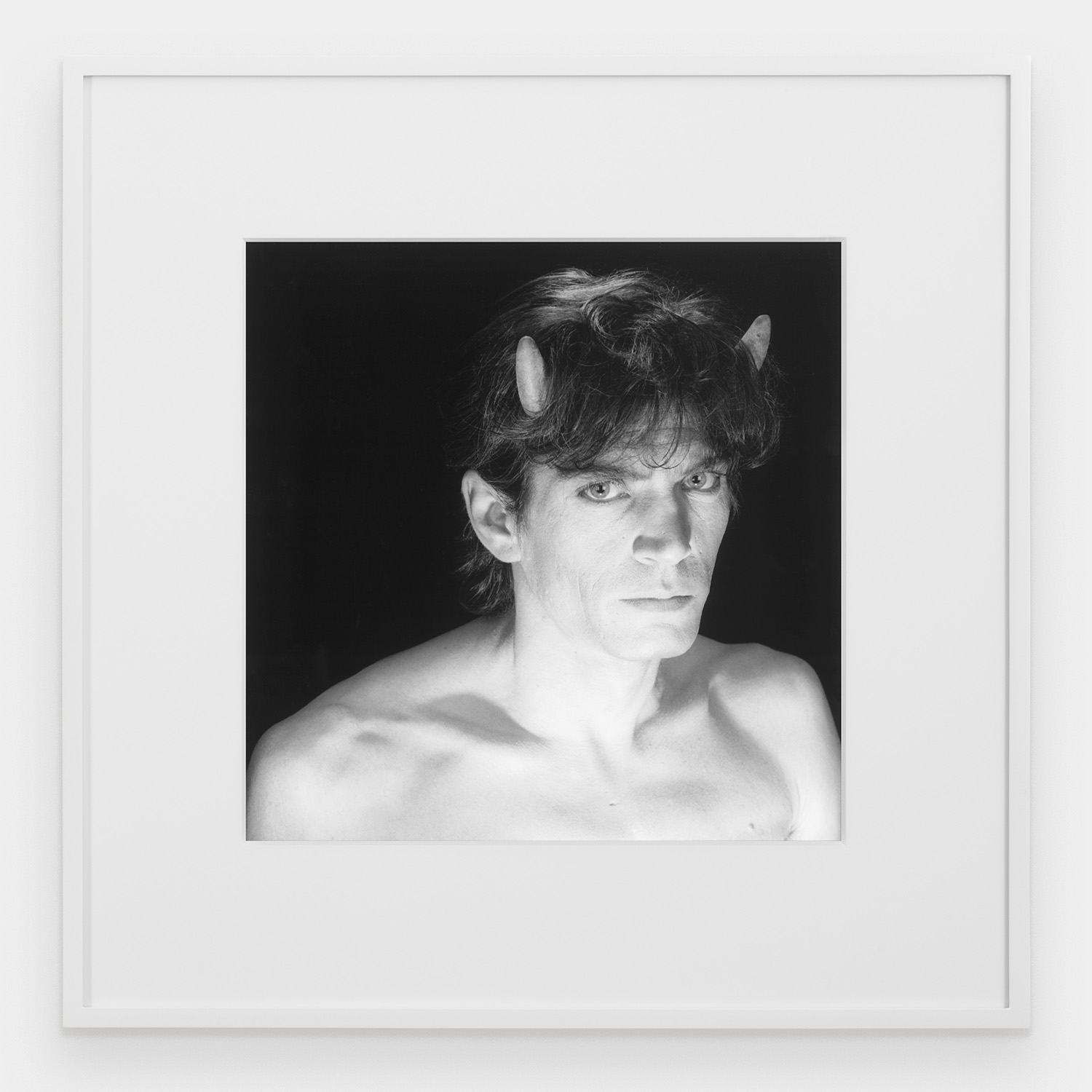
Robert Mapplethorpe
Self Portrait, 1985
Gelatin silver print
20 x 16 inches, paper
(50.8 x 40.6 cm, paper)
©Robert Mapplethorpe Foundation. Used by permission.
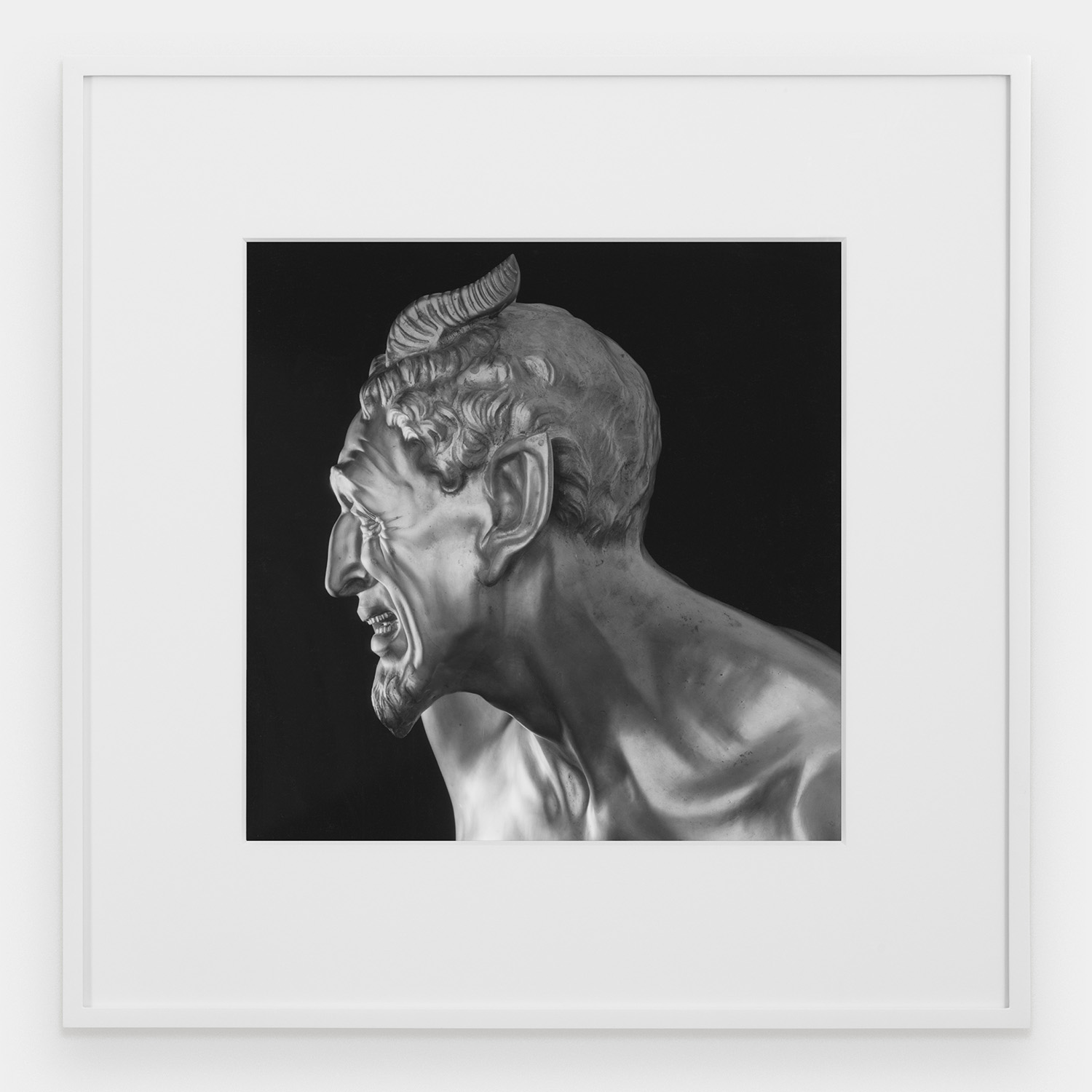
Robert Mapplethorpe
Italian Devil, 1988
Gelatin silver print
24 x 20 inches, paper
(61 x 50.8 cm, paper)
©Robert Mapplethorpe Foundation. Used by permission.
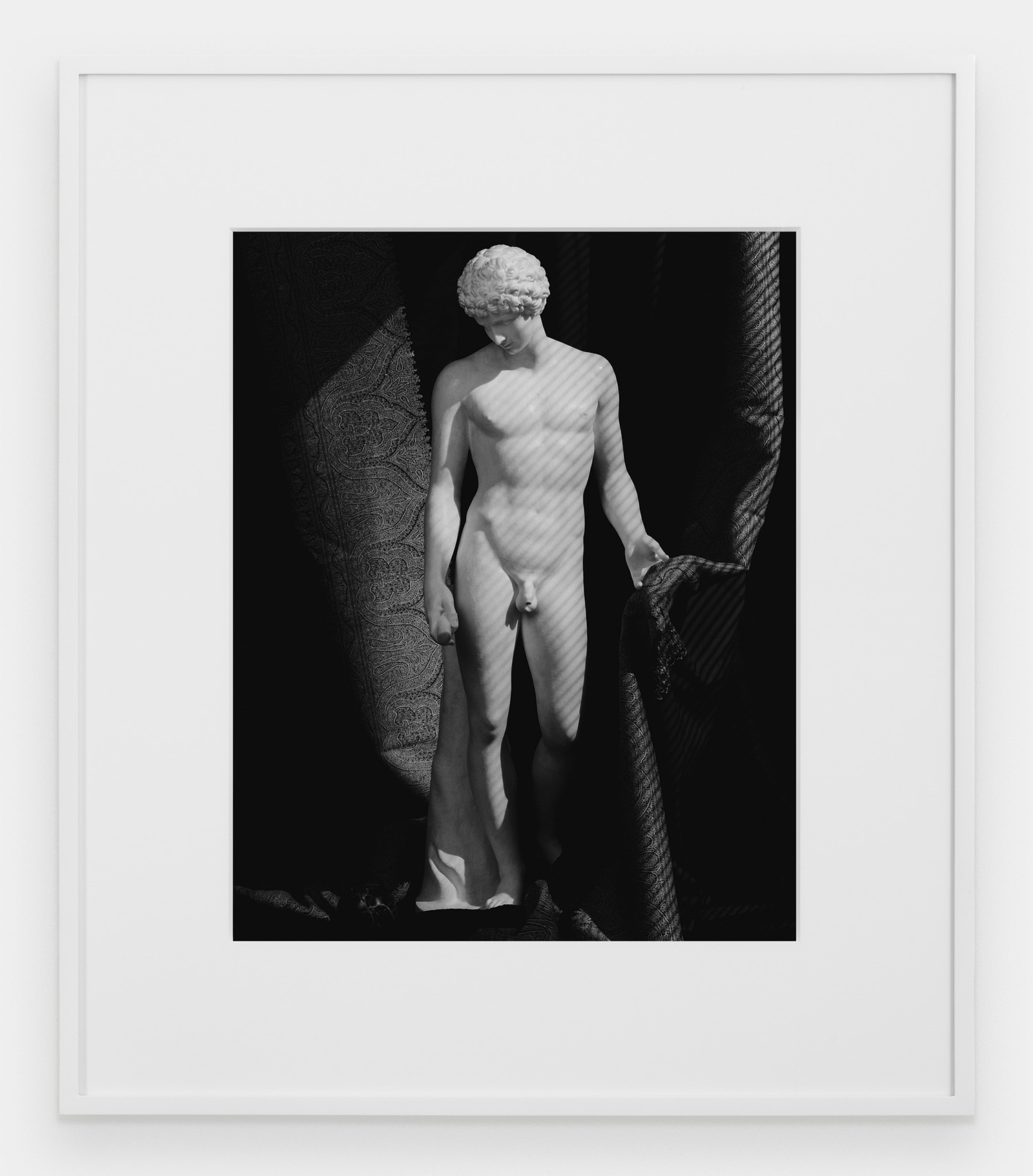
Robert Mapplethorpe
Antinous, 1987
Gelatin silver print
24 x 20 inches, paper
(61 x 50.8 cm, paper)
©Robert Mapplethorpe Foundation. Used by permission.
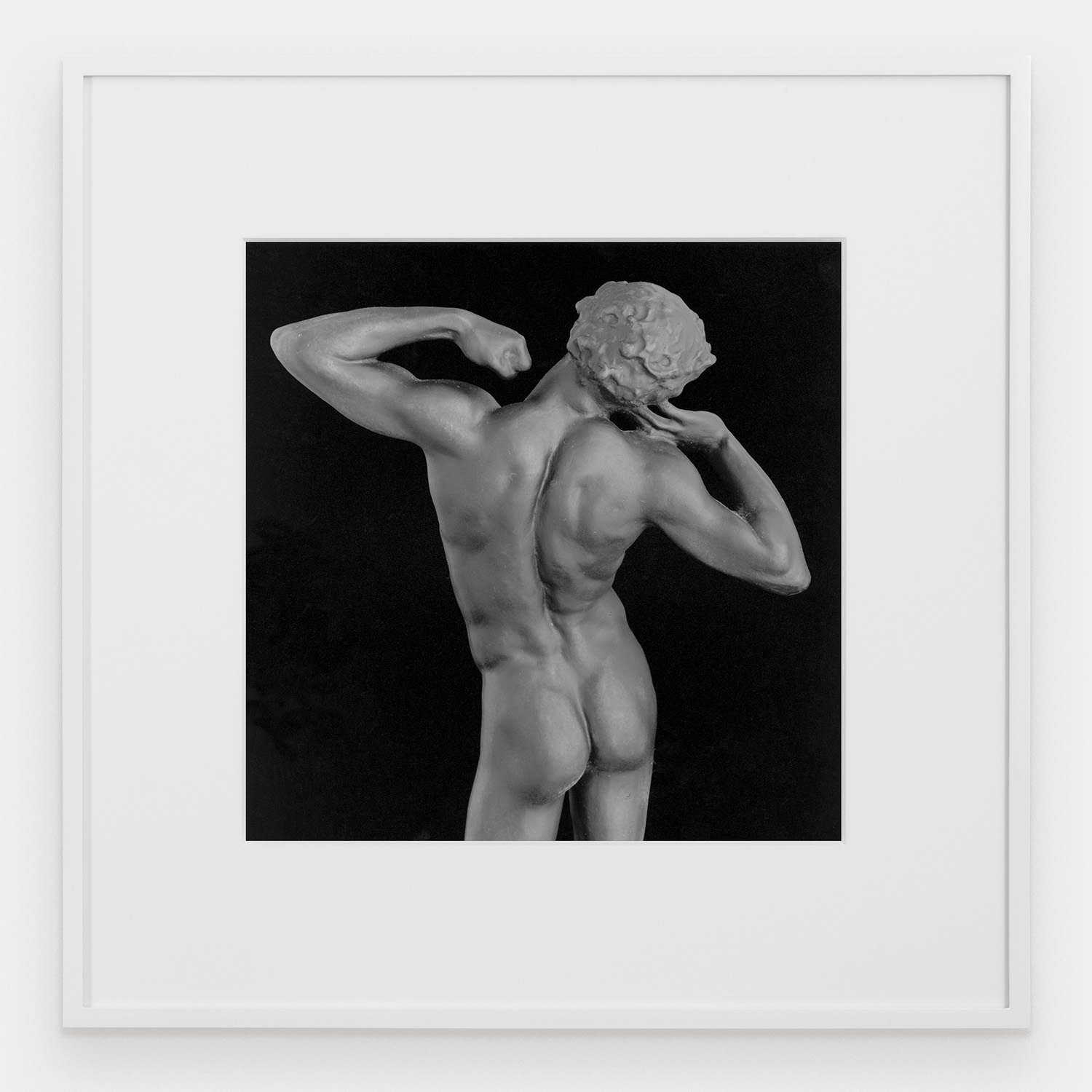
Robert Mapplethorpe
The Sluggard, 1988
Gelatin silver print
24 x 20 inches, paper
(61 x 50.8 cm, paper)
©Robert Mapplethorpe Foundation. Used by permission.
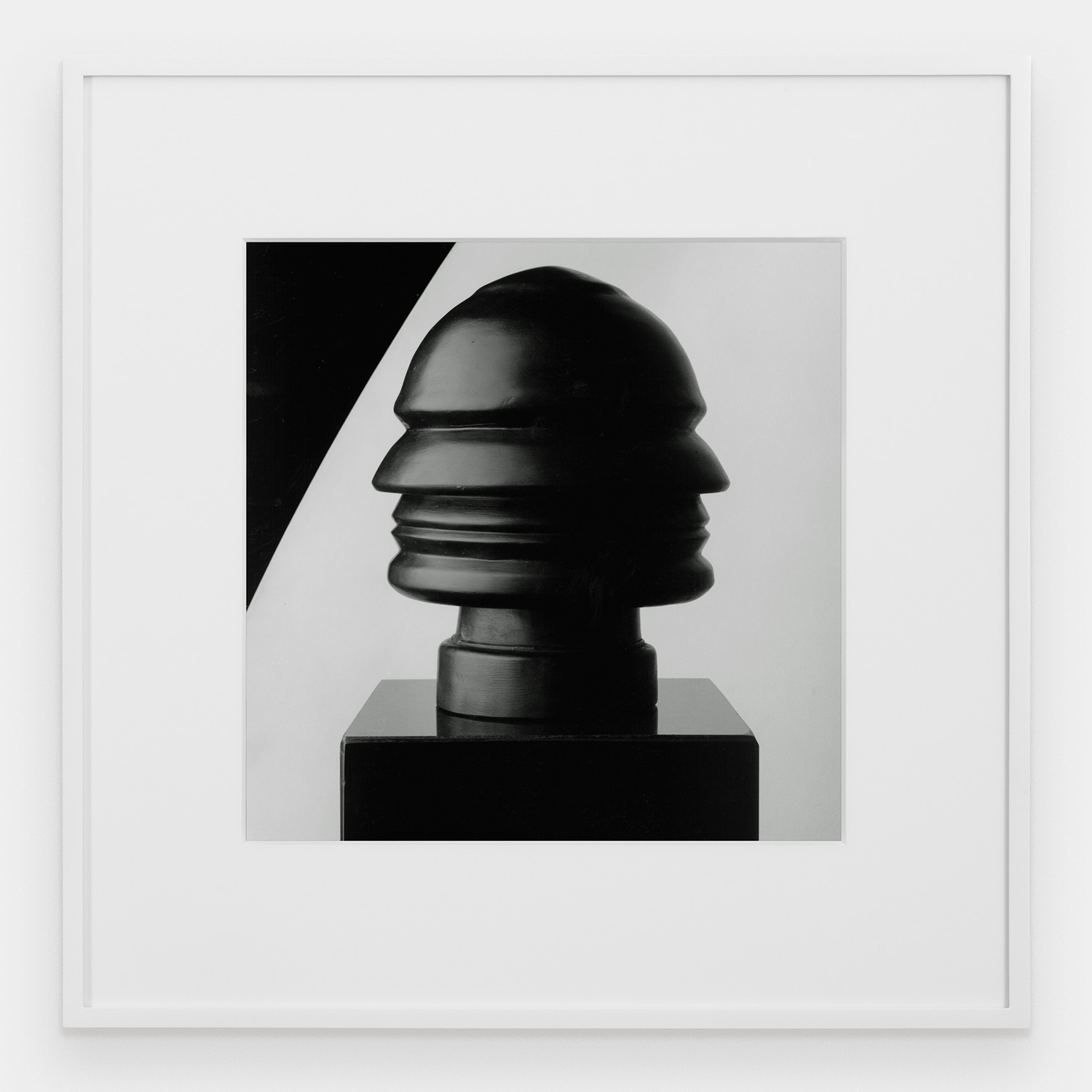
Robert Mapplethorpe
Mussolini Sculpture, 1988
Gelatin silver print
24 x 20 inches, paper
(61 x 50.8 cm, paper)
©Robert Mapplethorpe Foundation. Used by permission.
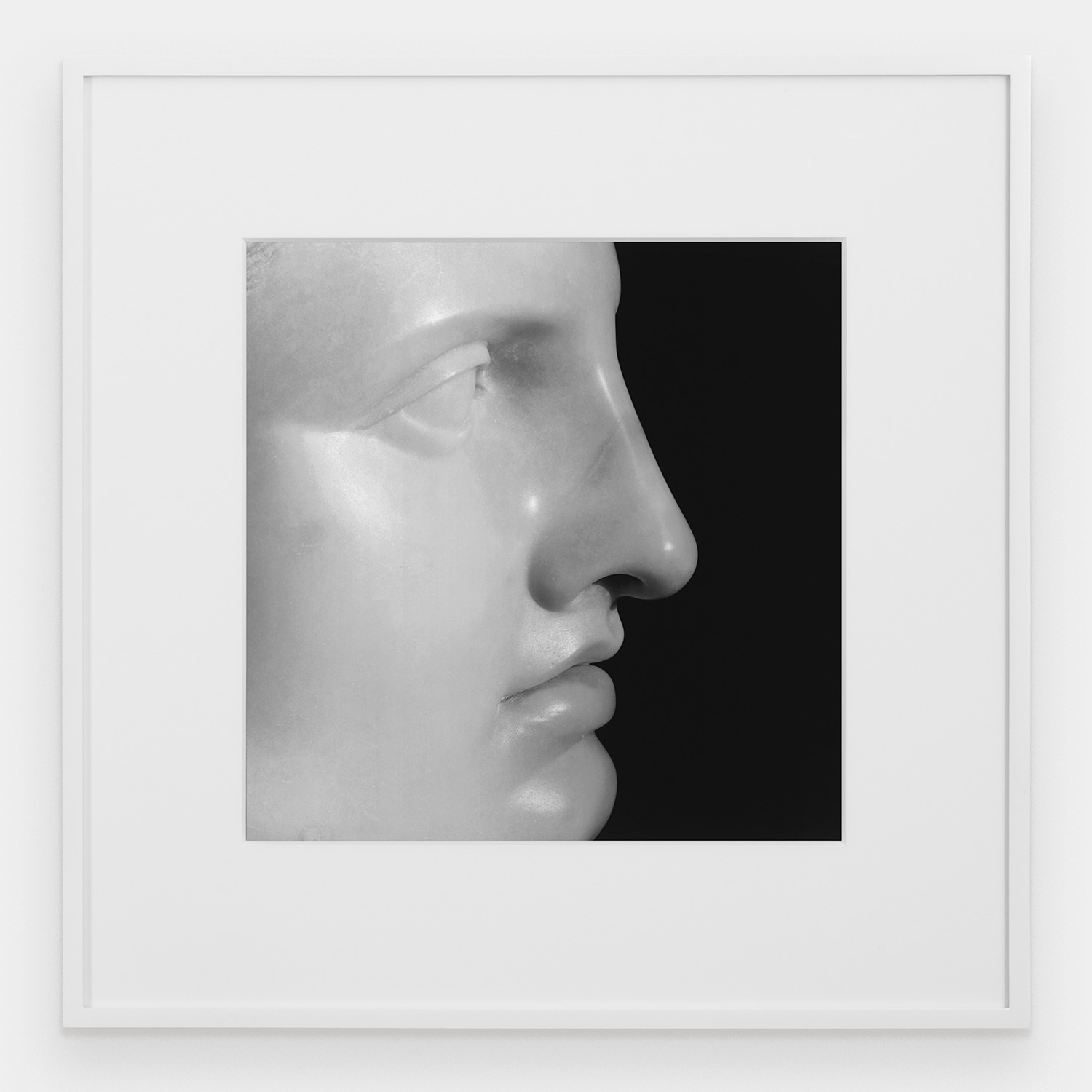
Robert Mapplethorpe
Apollo, 1988
Gelatin silver print
24 x 20 inches, paper
(61 x 50.8 cm, paper)
©Robert Mapplethorpe Foundation. Used by permission.
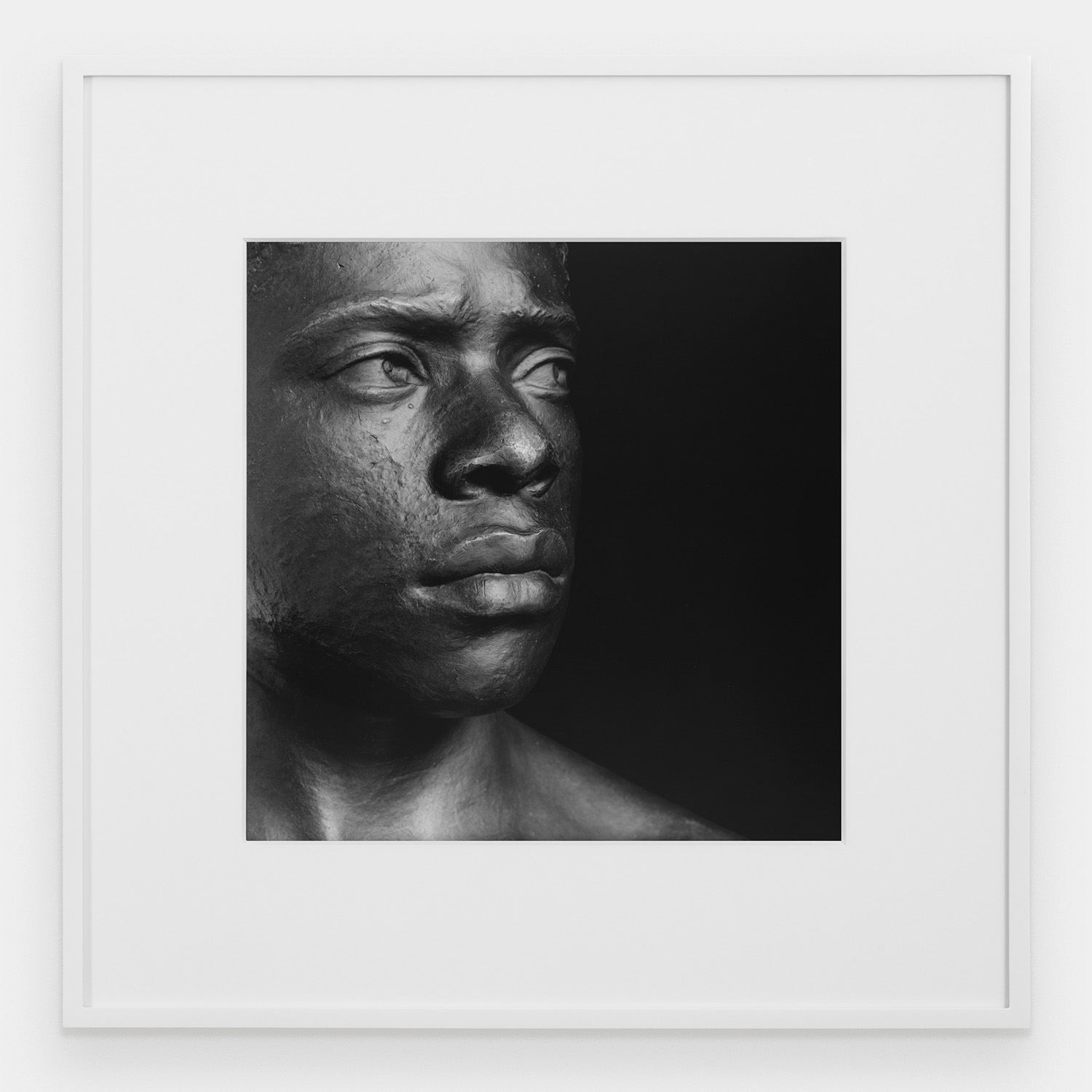
Robert Mapplethorpe
Black Bust, 1988
Gelatin silver print
24 x 20 inches, paper
(61 x 50.8 cm, paper)
©Robert Mapplethorpe Foundation. Used by permission.
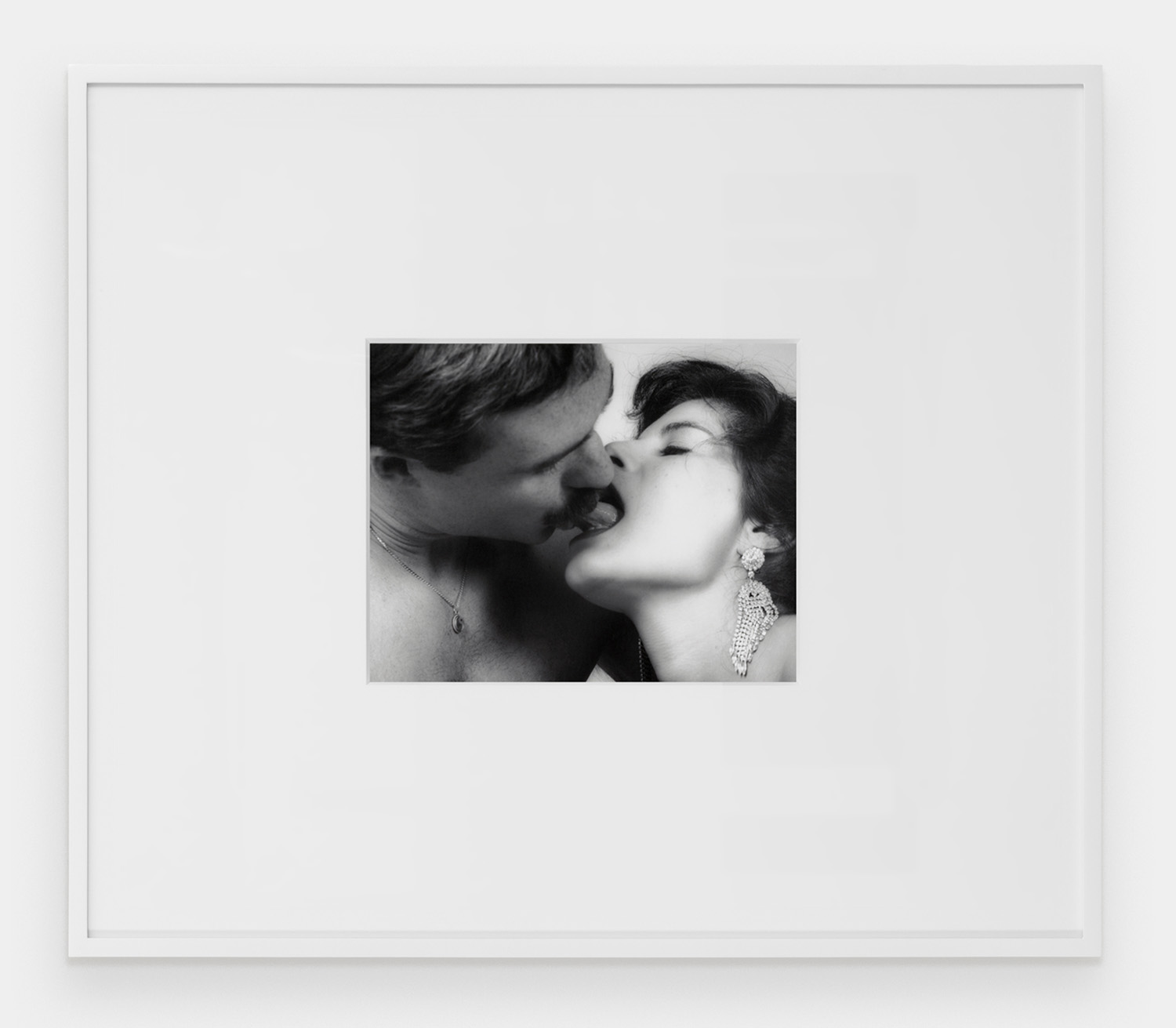
Robert Mapplethorpe
Veronica and Boyfriend, 1982
Gelatin silver print
20 x 16 inches, paper
(50.8 x 40.6 cm, paper)
©Robert Mapplethorpe Foundation. Used by permission.
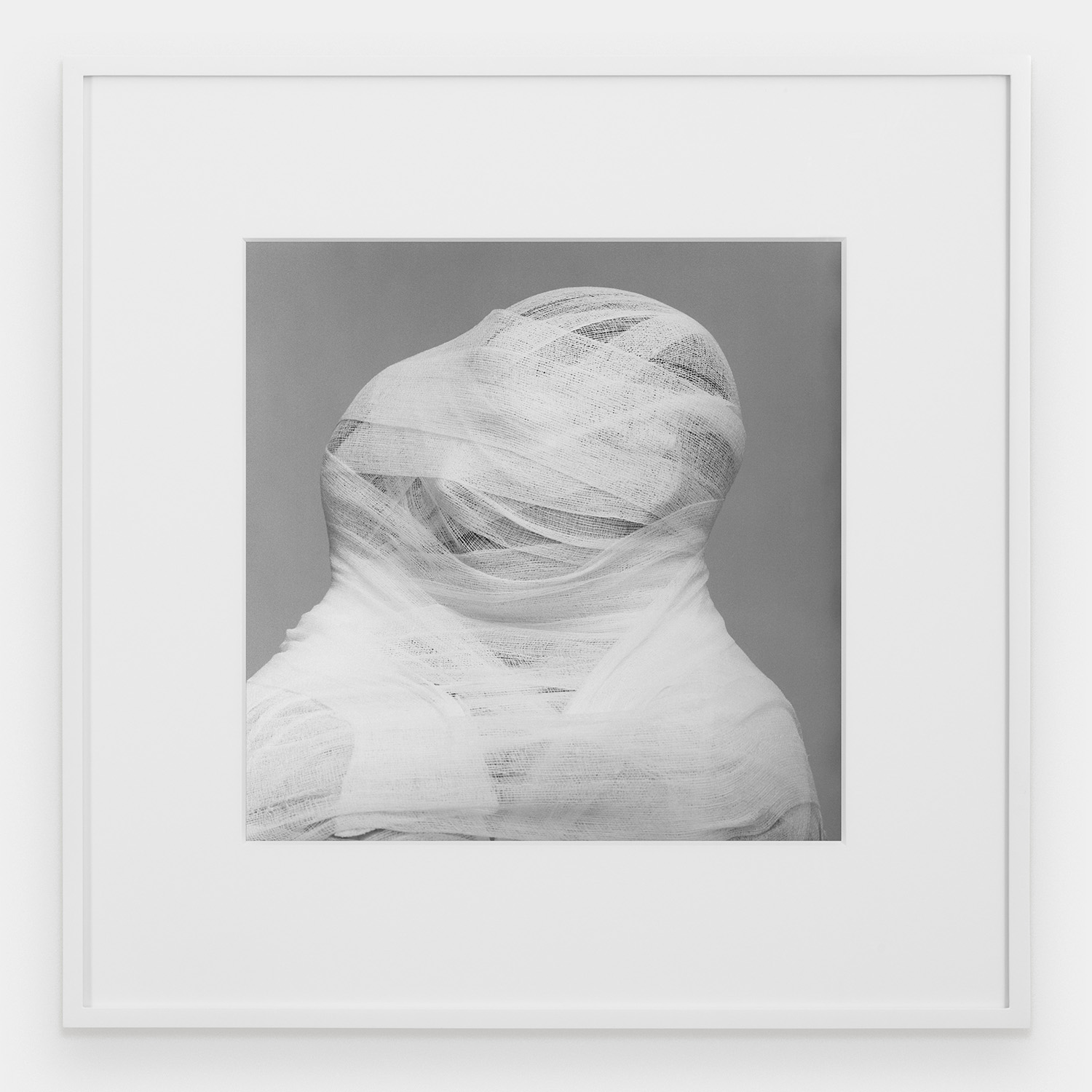
Robert Mapplethorpe
White Gauze, 1984
Gelatin silver print
20 x 16 inches, paper
(50.8 x 40.6 cm, paper)
©Robert Mapplethorpe Foundation. Used by permission.
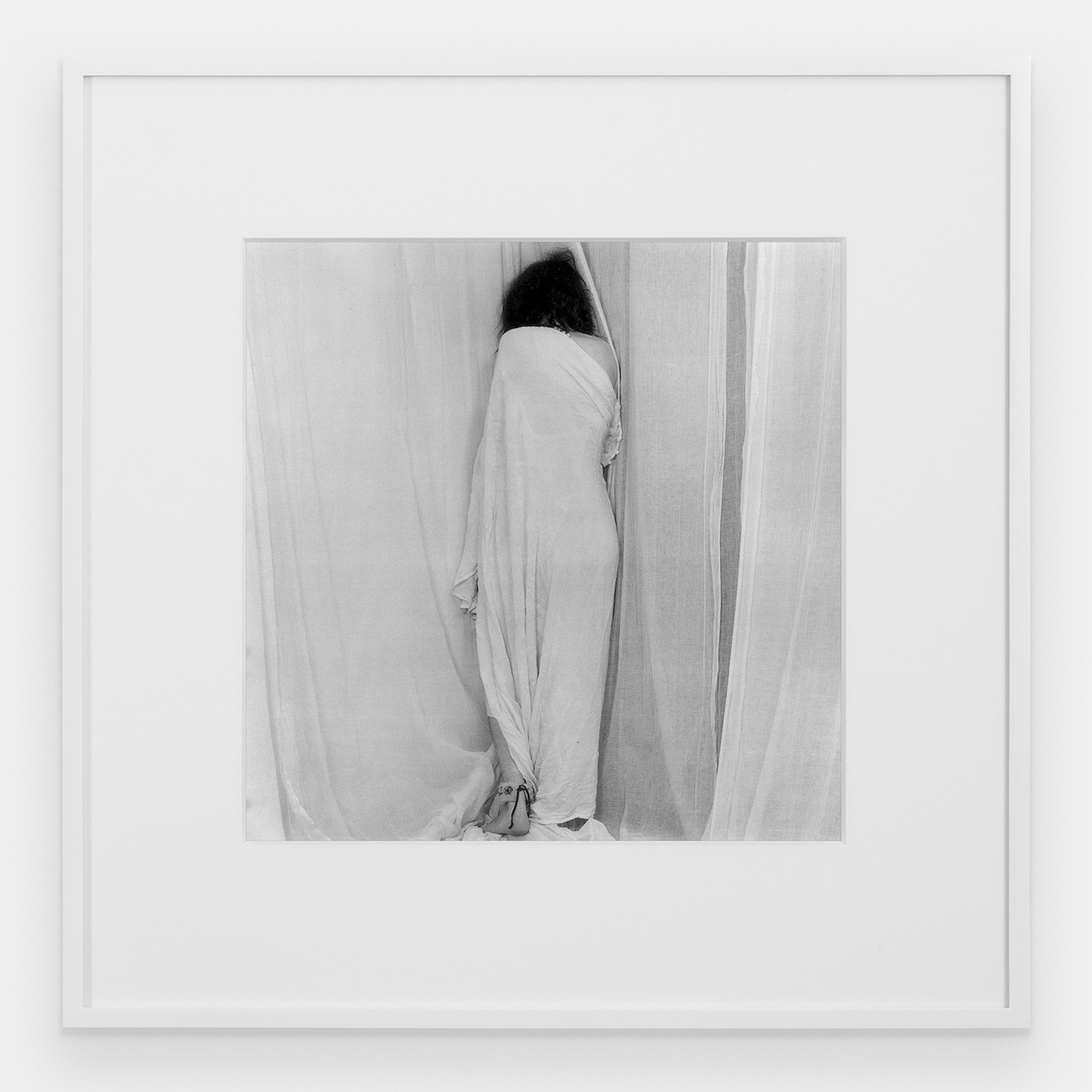
Robert Mapplethorpe
Patti Smith, 1978
Gelatin silver print
20 x 16 inches, paper
(50.8 x 40.6 cm, paper)
©Robert Mapplethorpe Foundation. Used by permission.
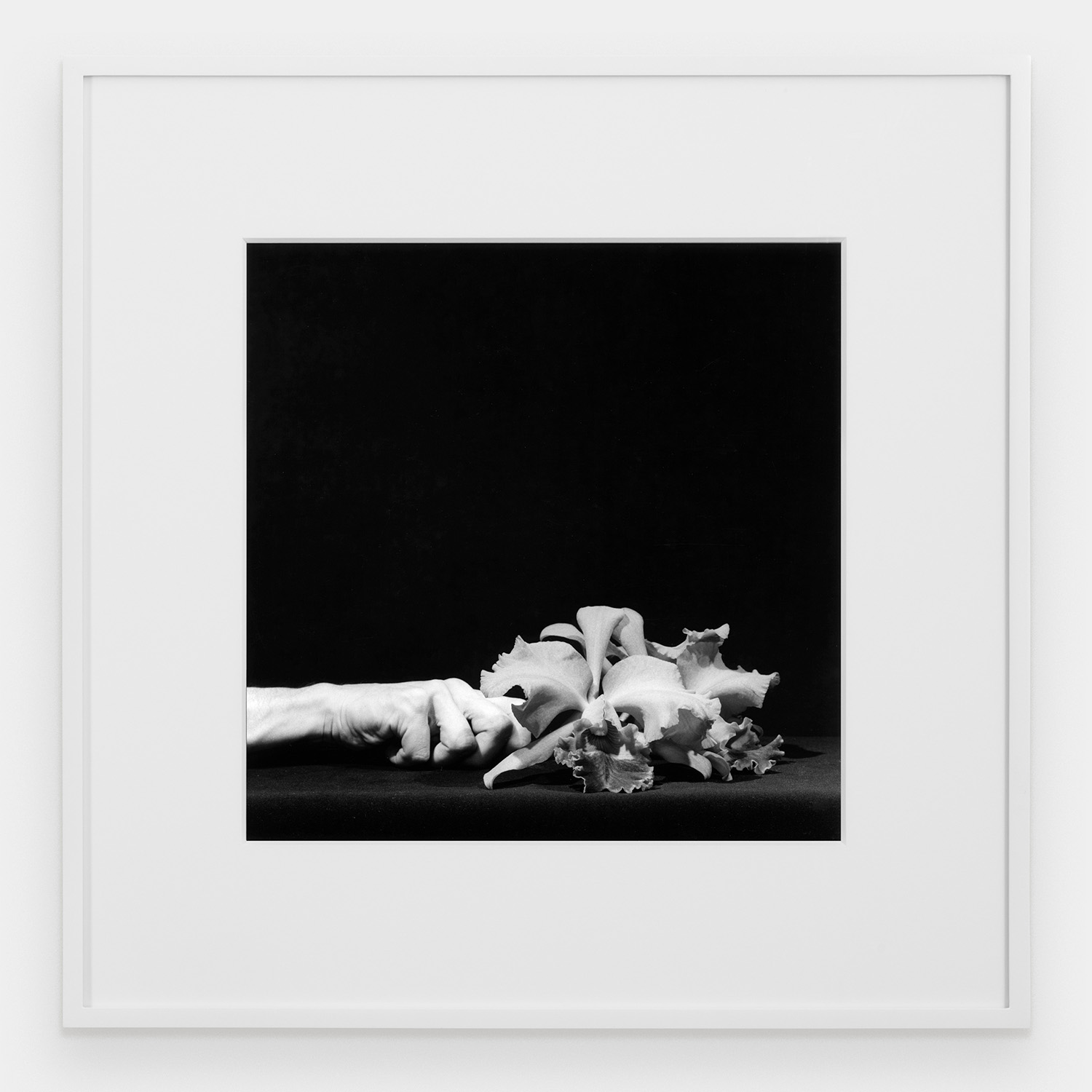
Robert Mapplethorpe
Orchid and Hand, 1983
Gelatin silver print
20 x 16 inches, paper
(50.8 x 40.6 cm, paper)
©Robert Mapplethorpe Foundation. Used by permission.
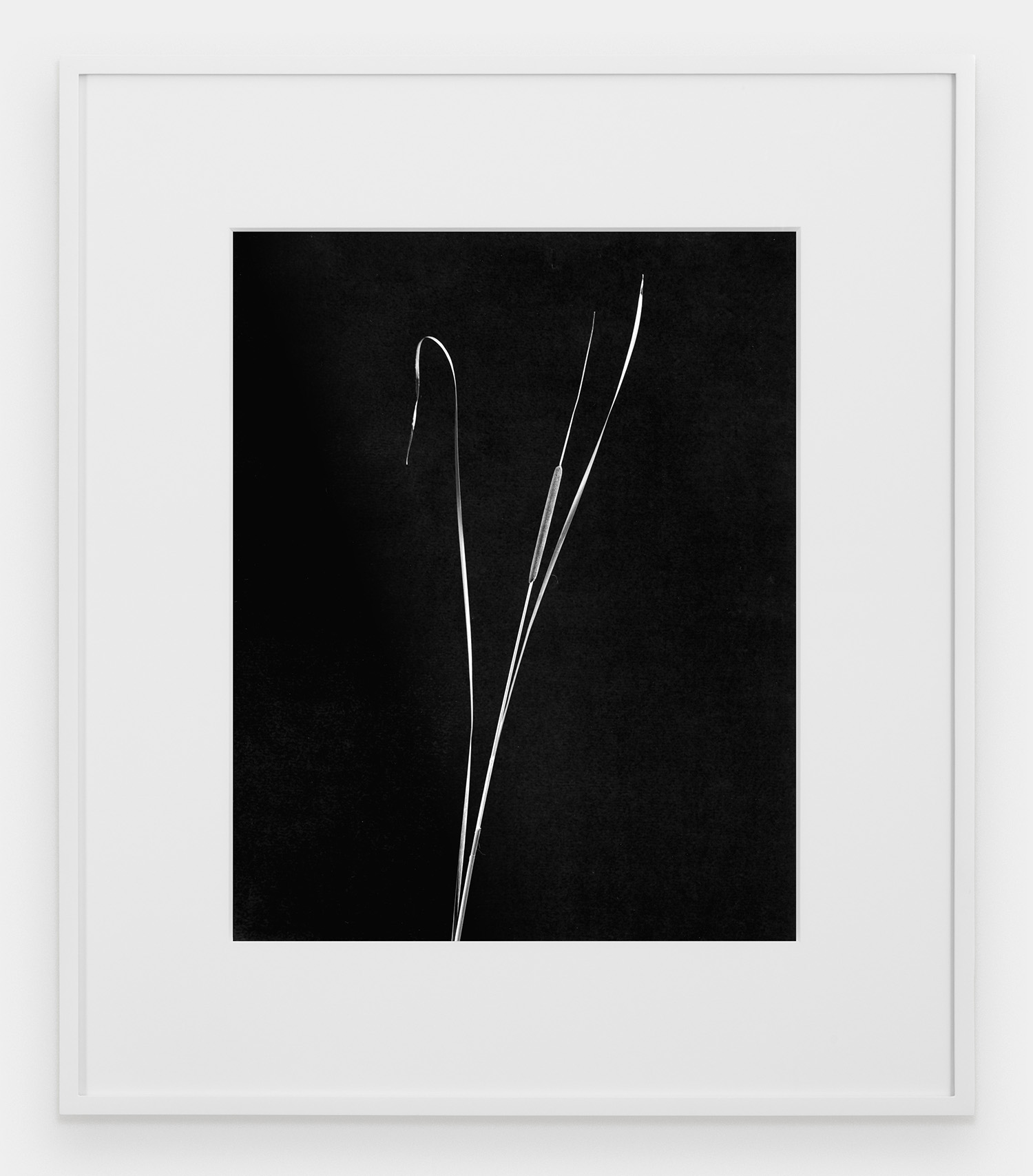
Robert Mapplethorpe
Cattail, 1983
Gelatin silver print
20 x 16 inches, paper
(50.8 x 40.6 cm, paper)
©Robert Mapplethorpe Foundation. Used by permission.
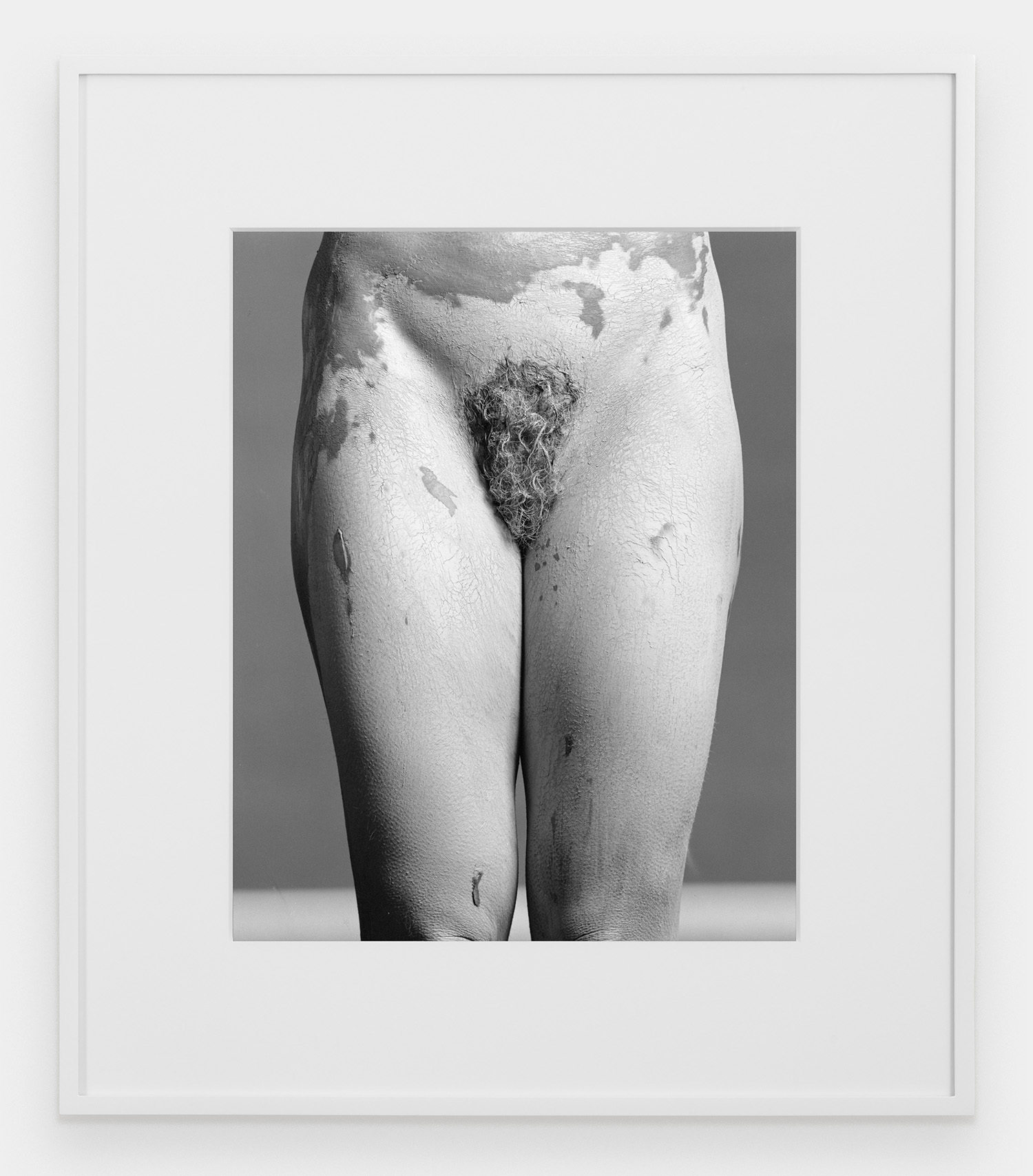
Robert Mapplethorpe
Lisa Lyon, 1982
Gelatin silver print
20 x 16 inches, paper
(50.8 x 40.6 cm, paper)
©Robert Mapplethorpe Foundation. Used by permission.
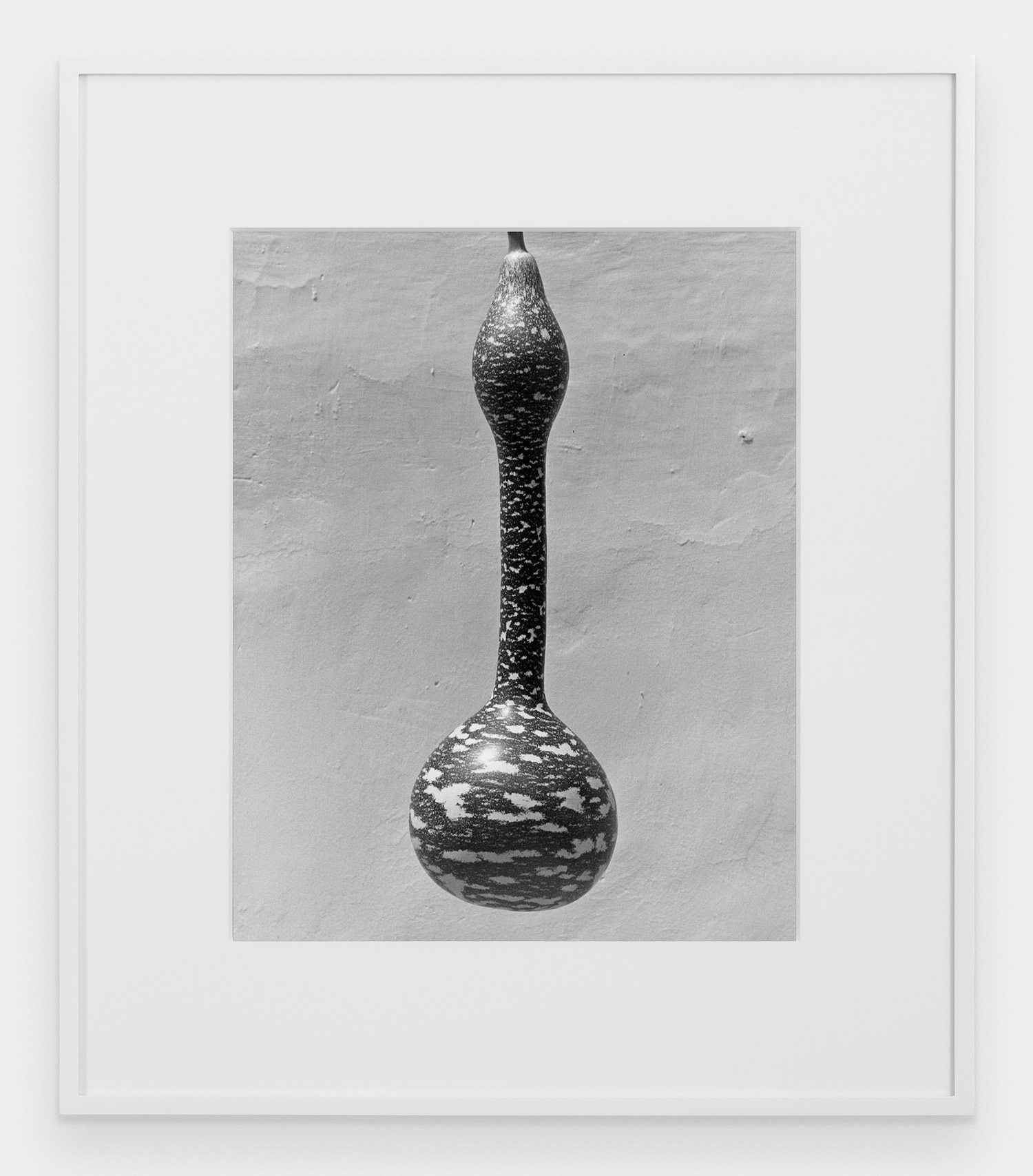
Robert Mapplethorpe
Gourd, 1983
Gelatin silver print
20 x 16 inches, paper
(50.8 x 40.6 cm, paper)
©Robert Mapplethorpe Foundation. Used by permission.
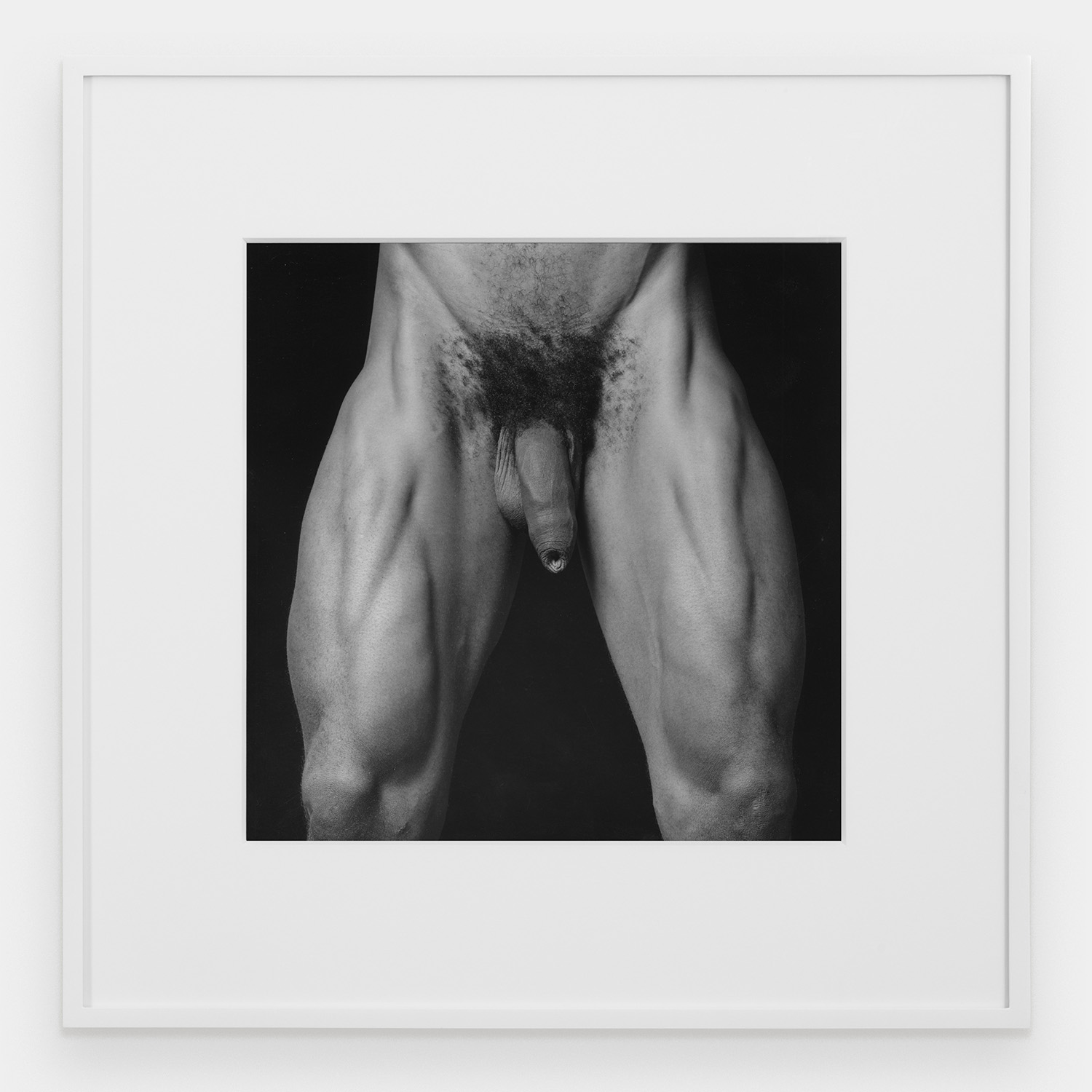
Robert Mapplethorpe
Untitled, 1981
Gelatin silver print
20 x 16 inches, paper
(50.8 x 40.6 cm, paper)
©Robert Mapplethorpe Foundation. Used by permission.

Robert Mapplethorpe
Flower, 1983
Gelatin silver print
20 x 16 inches, paper
(50.8 x 40.6 cm, paper)
©Robert Mapplethorpe Foundation. Used by permission.
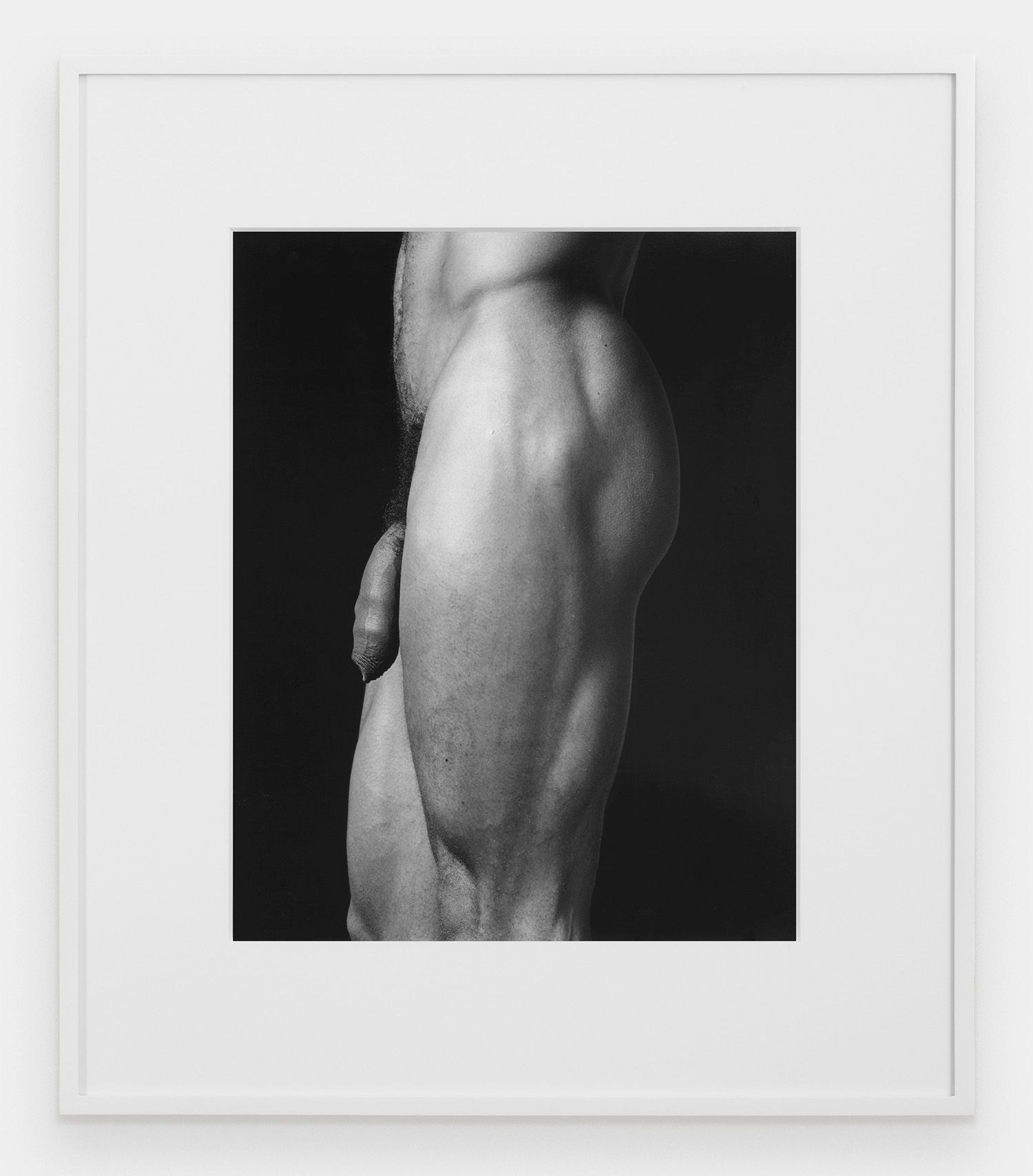
Robert Mapplethorpe
Milton Moore, 1981
Gelatin silver print
20 x 16 inches, paper
(50.8 x 40.6 cm, paper)
©Robert Mapplethorpe Foundation. Used by permission.
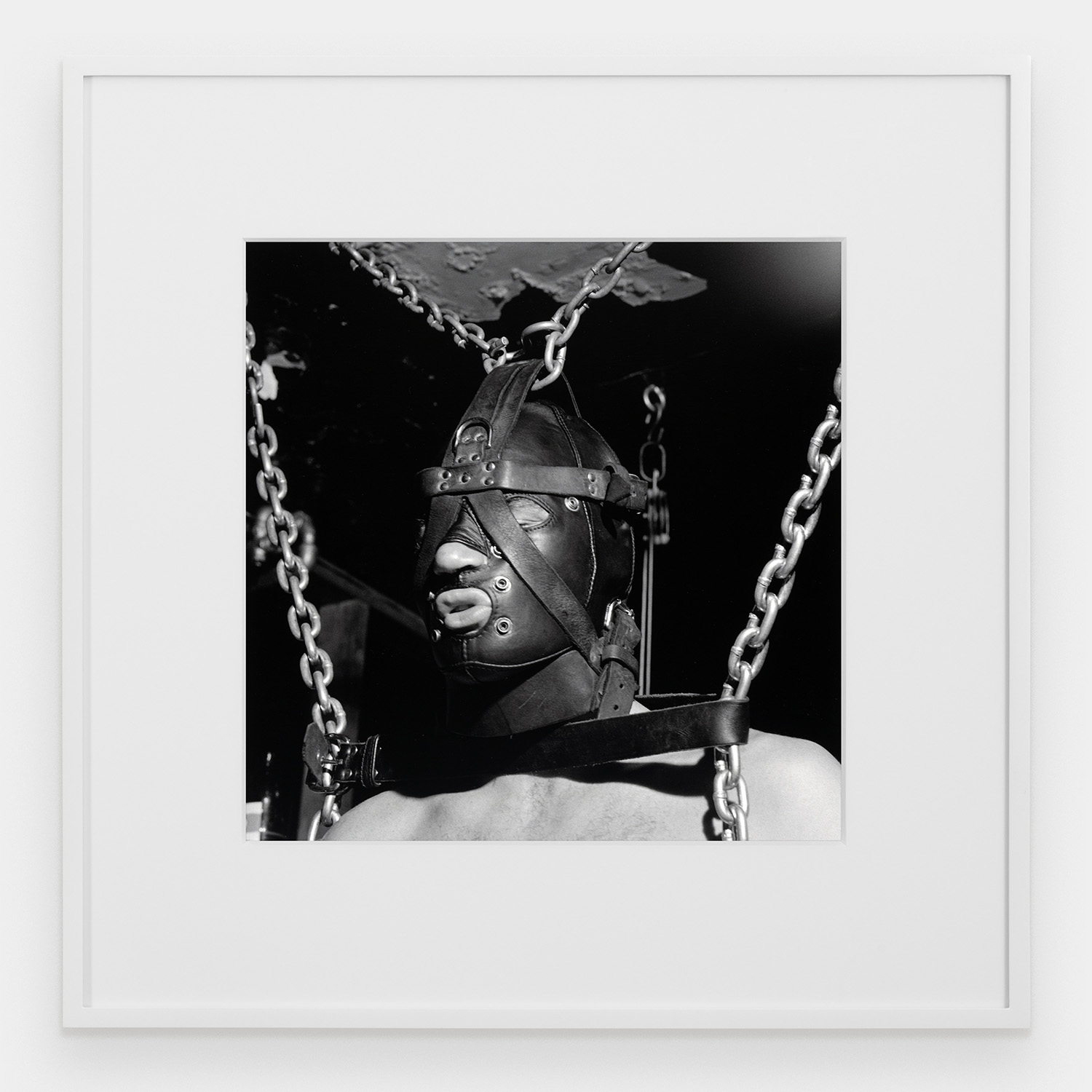
Robert Mapplethorpe
Leather Mask, 1980
Gelatin silver print
20 x 16 inches, paper
(50.8 x 40.6 cm, paper)
©Robert Mapplethorpe Foundation. Used by permission.
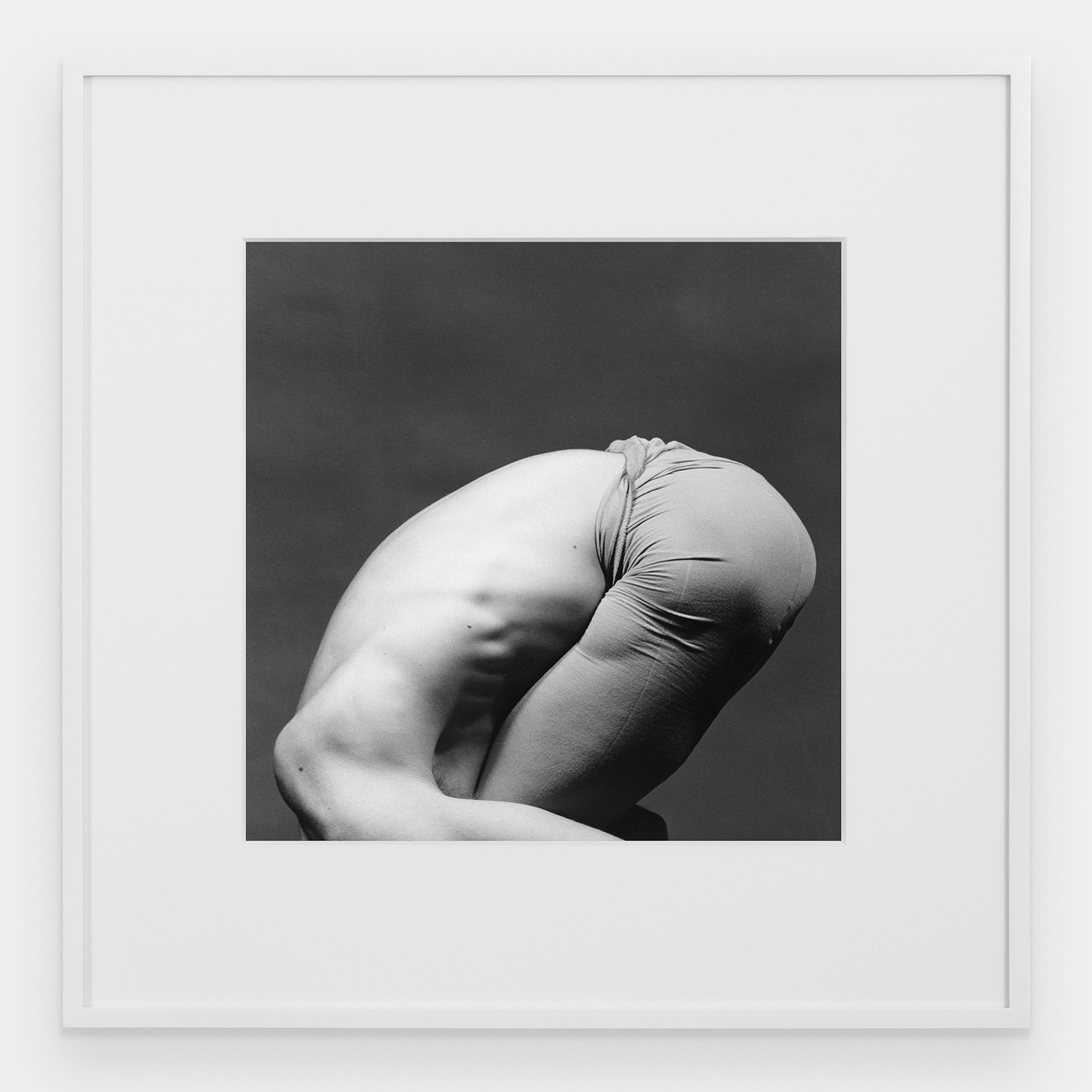
Robert Mapplethorpe
Peter Reed, 1980
Gelatin silver print
20 x 16 inches, paper
(50.8 x 40.6 cm, paper)
©Robert Mapplethorpe Foundation. Used by permission.

Robert Mapplethorpe
Vibert, 1984
Gelatin silver print
20 x 16 inches, paper
(50.8 x 40.6 cm, paper)
©Robert Mapplethorpe Foundation. Used by permission.
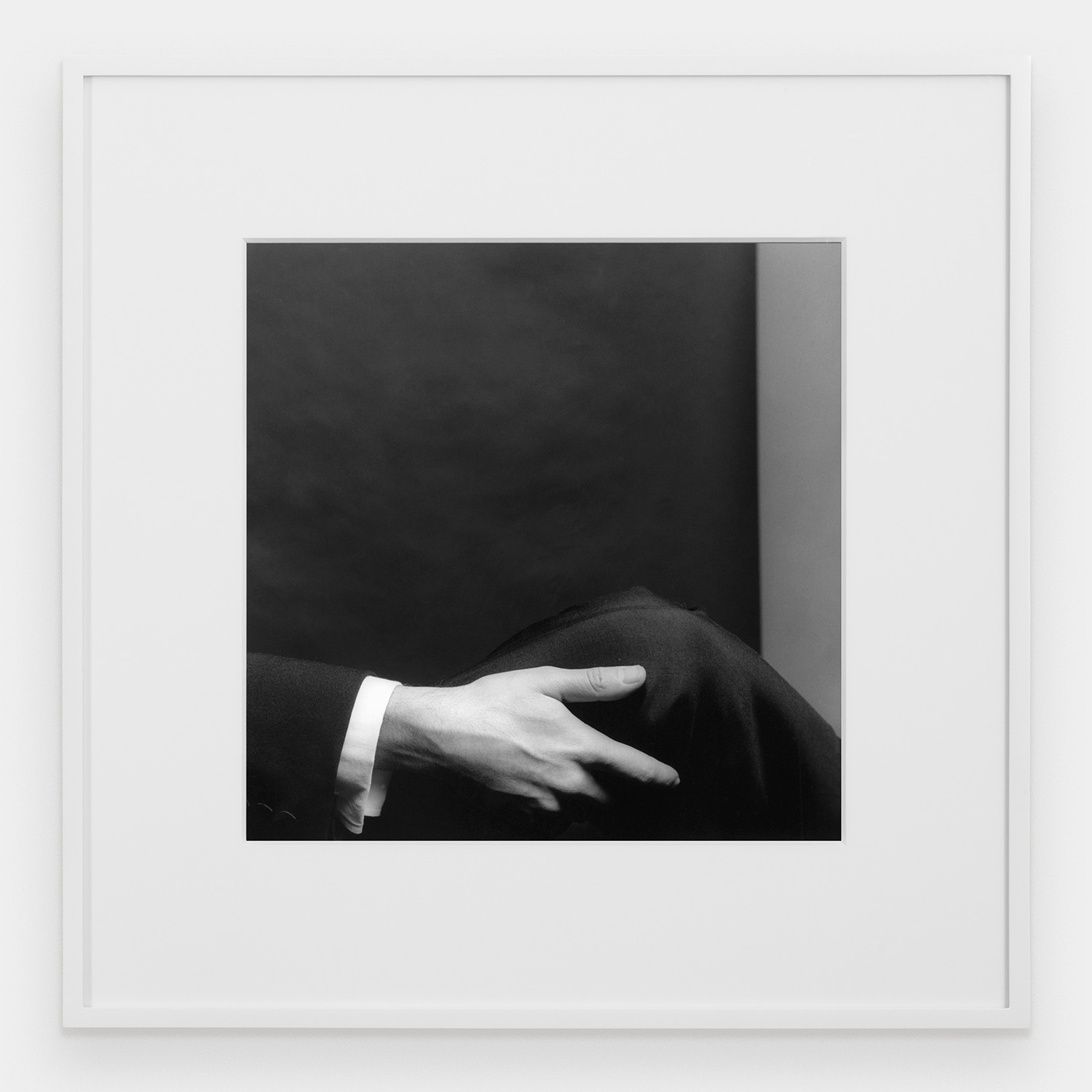
Robert Mapplethorpe
Hand, 1980
Gelatin silver print
20 x 16 inches, paper
(50.8 x 40.6 cm, paper)
©Robert Mapplethorpe Foundation. Used by permission.
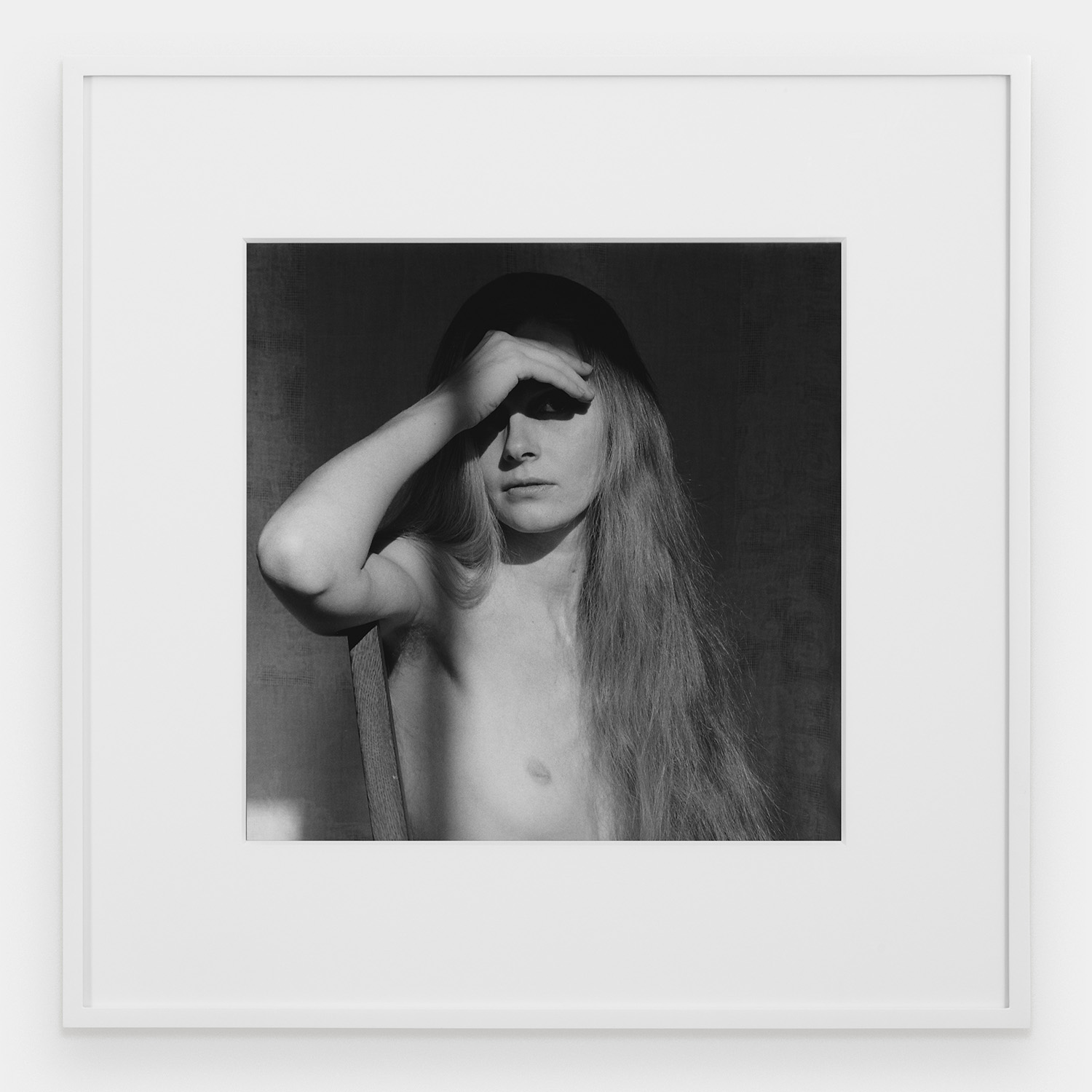
Robert Mapplethorpe
Carol Overby, 1979
Gelatin silver print
20 x 16 inches, paper
(50.8 x 40.6 cm, paper)
©Robert Mapplethorpe Foundation. Used by permission.
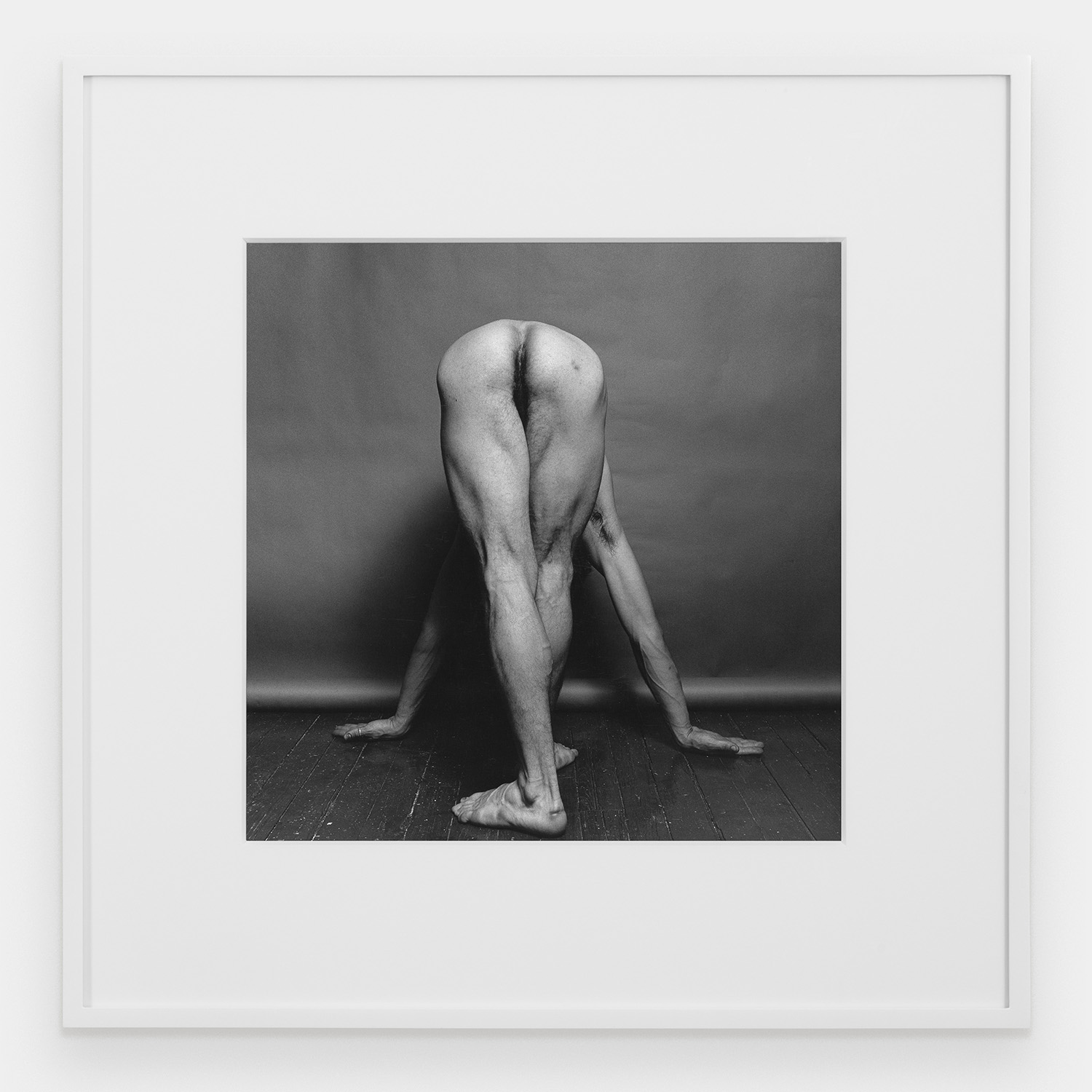
Robert Mapplethorpe
Phillip, 1979
Gelatin silver print
20 x 16 inches, paper
(50.8 x 40.6 cm, paper)
©Robert Mapplethorpe Foundation. Used by permission.
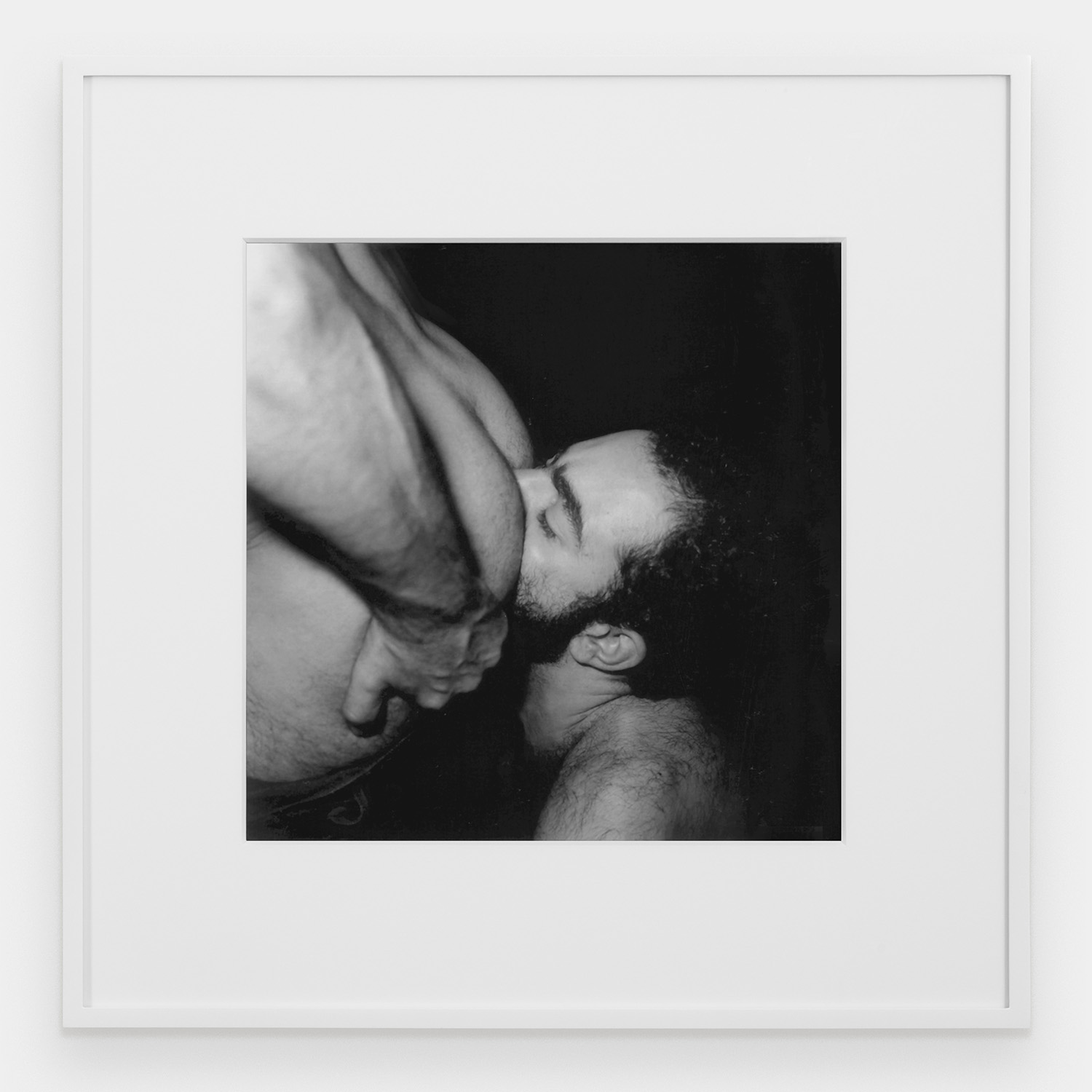
Robert Mapplethorpe
Sucking Ass, 1979
Gelatin silver print
20 x 16 inches, paper
(50.8 x 40.6 cm, paper)
©Robert Mapplethorpe Foundation. Used by permission.
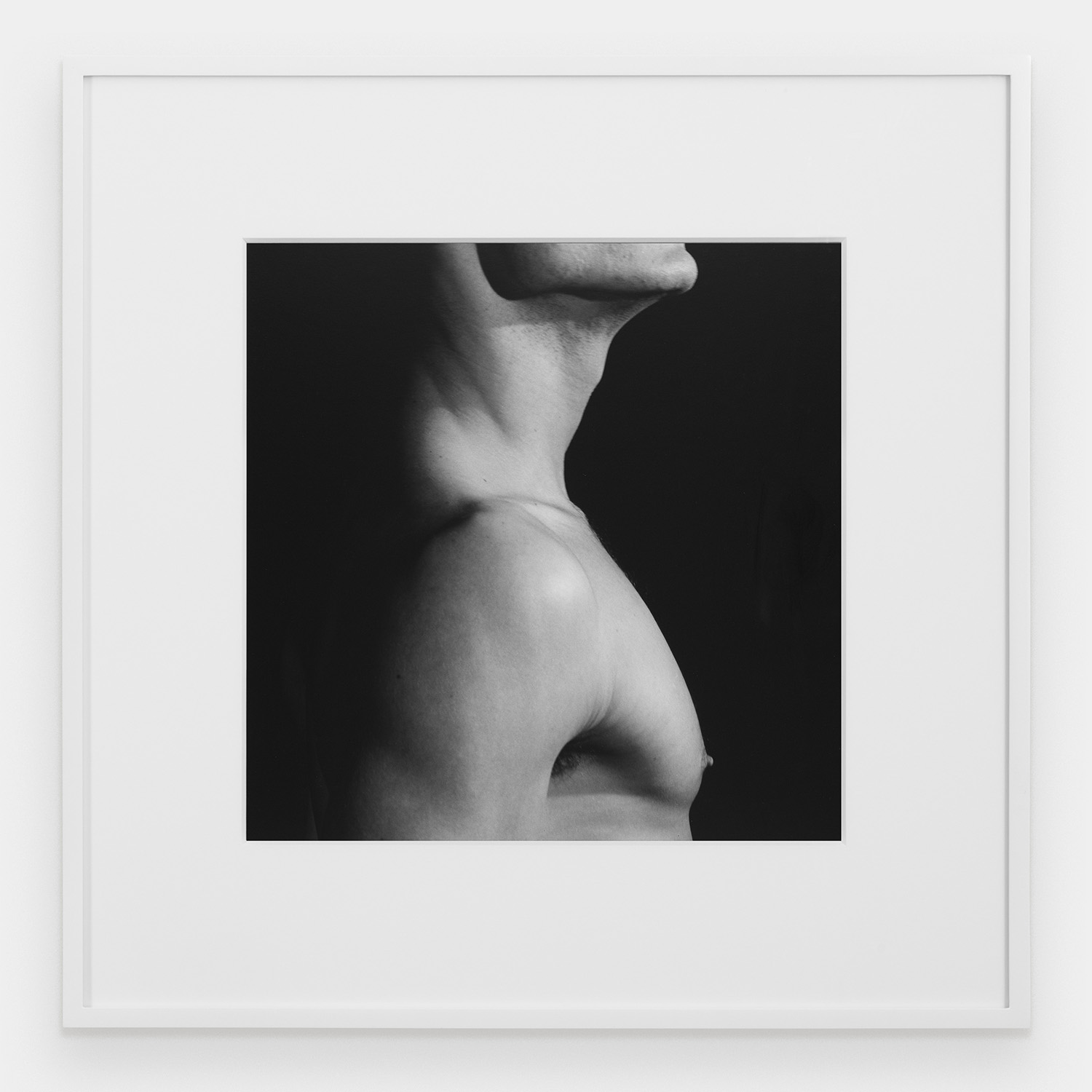
Robert Mapplethorpe
Dennis, 1978
Gelatin silver print
20 x 16 inches, paper
(50.8 x 40.6 cm, paper)
©Robert Mapplethorpe Foundation. Used by permission.
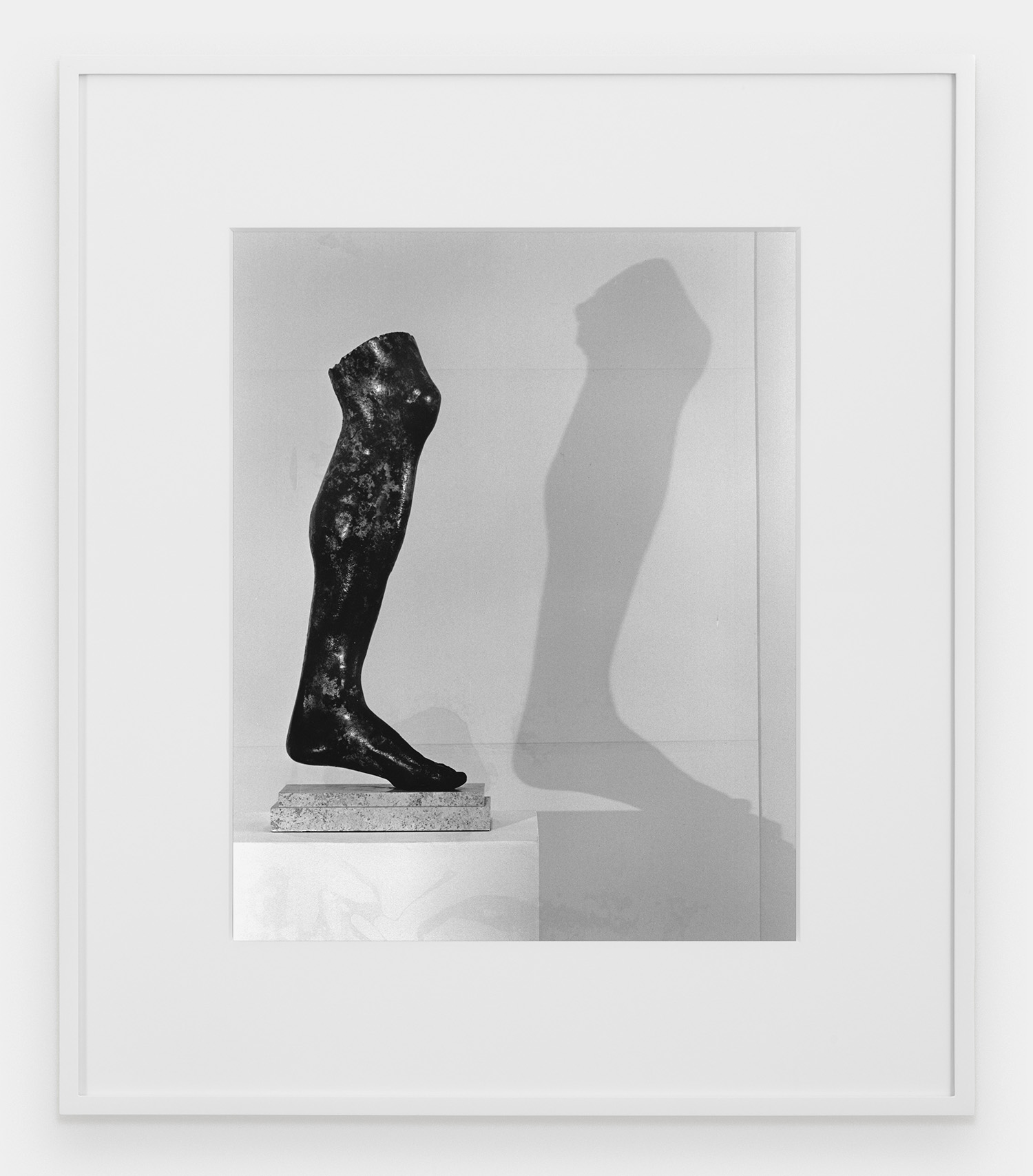
Robert Mapplethorpe
Roman Bronze Leg, 1978
Gelatin silver print
20 x 16 inches, paper
(50.8 x 40.6 cm, paper)
©Robert Mapplethorpe Foundation. Used by permission.
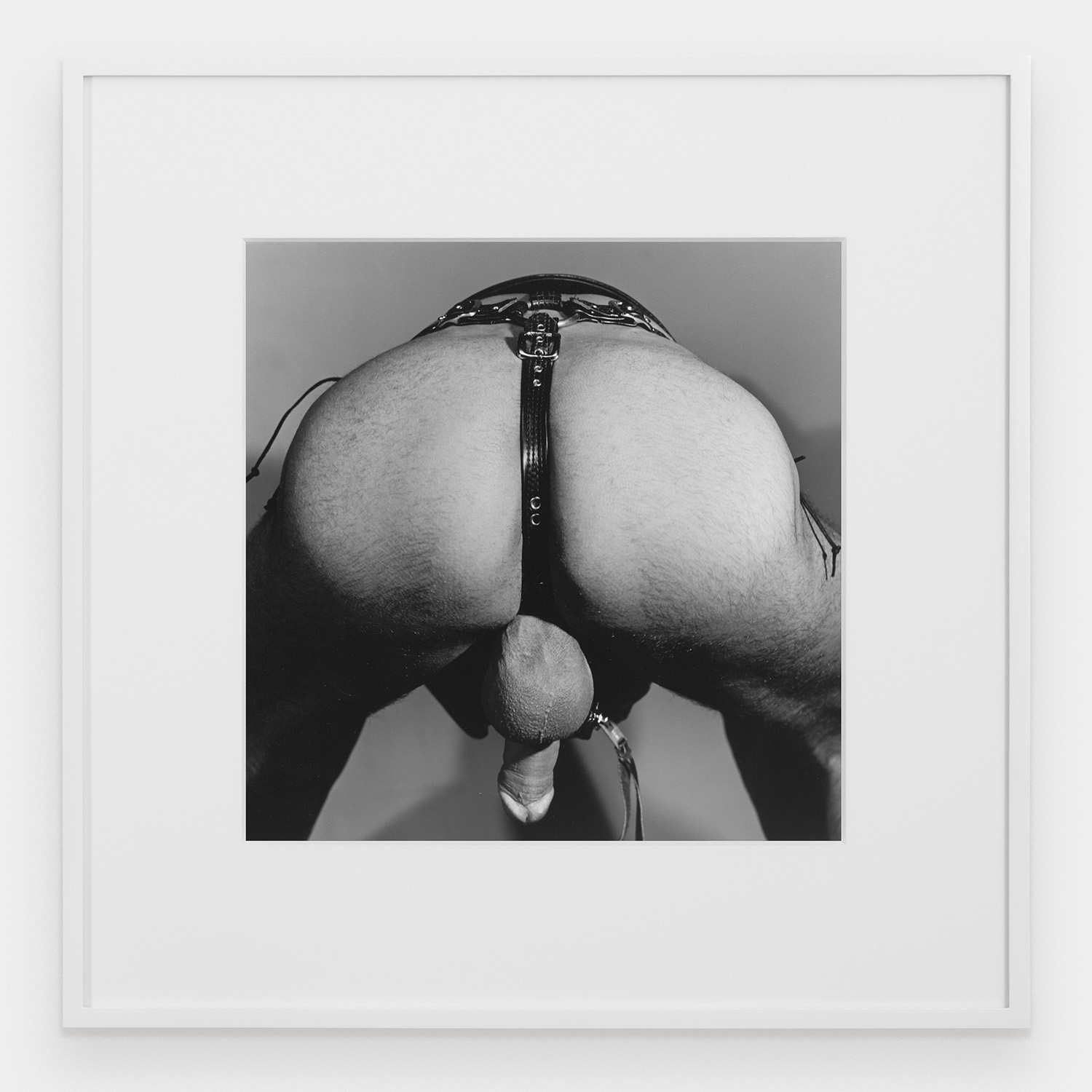
Robert Mapplethorpe
Helmut’s Ass, 1978
Gelatin silver print
20 x 16 inches, paper
(50.8 x 40.6 cm, paper)
©Robert Mapplethorpe Foundation. Used by permission.
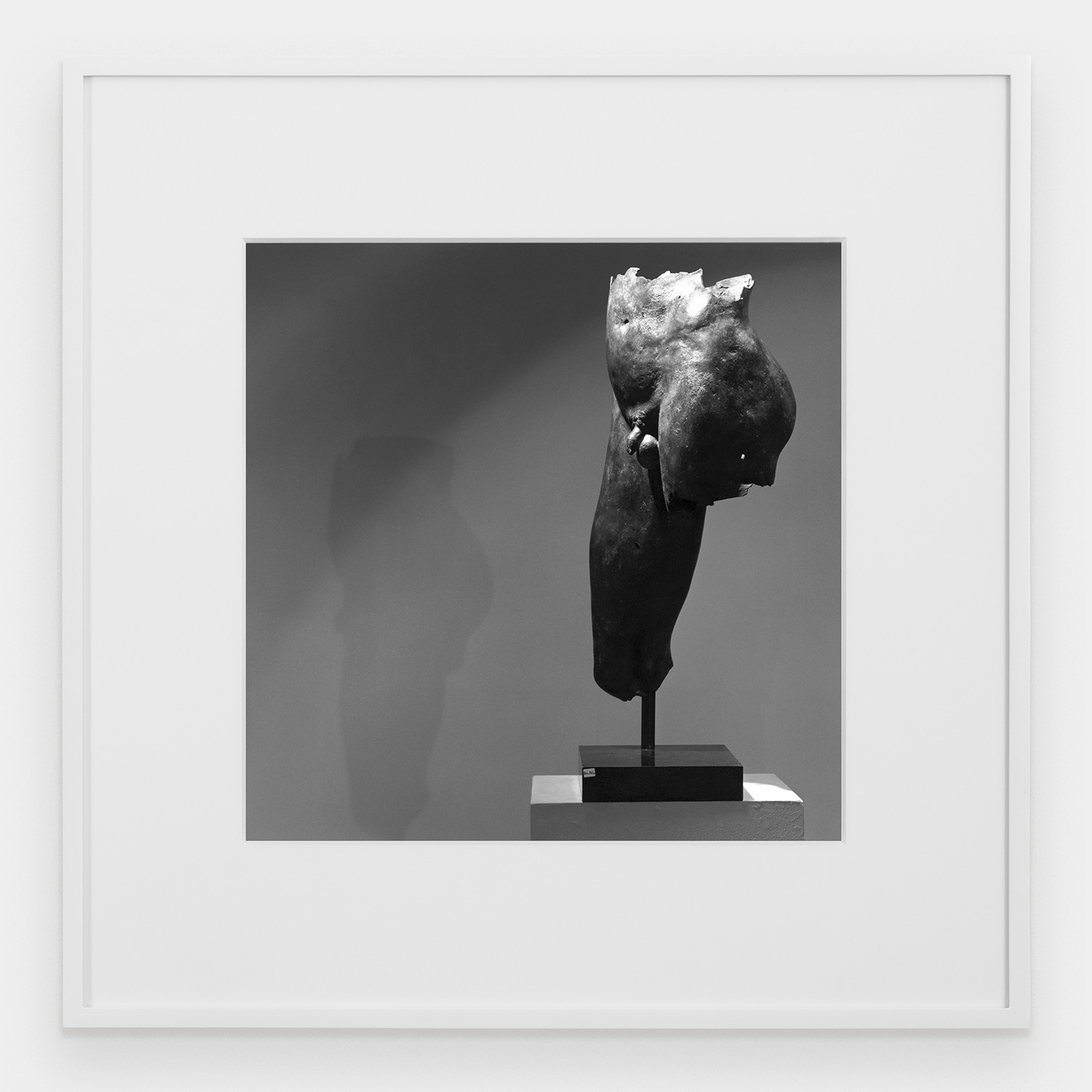
Robert Mapplethorpe
Bronze Sculpture, 1978
Gelatin silver print
20 x 16 inches, paper
(50.8 x 40.6 cm, paper)
©Robert Mapplethorpe Foundation. Used by permission.
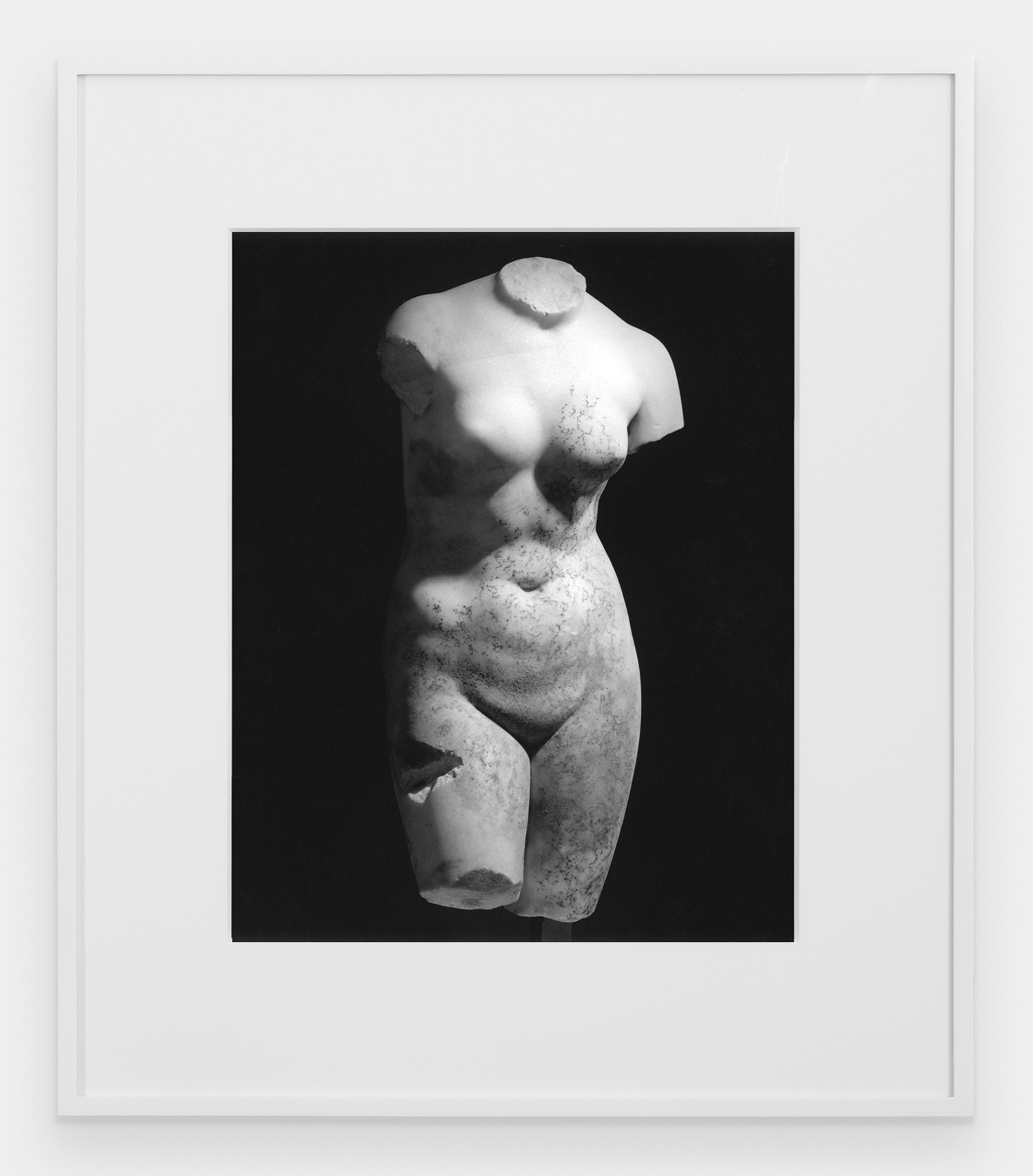
Robert Mapplethorpe
Female Torso, 1978
Gelatin silver print
20 x 16 inches, paper
(50.8 x 40.6 cm, paper)
©Robert Mapplethorpe Foundation. Used by permission.
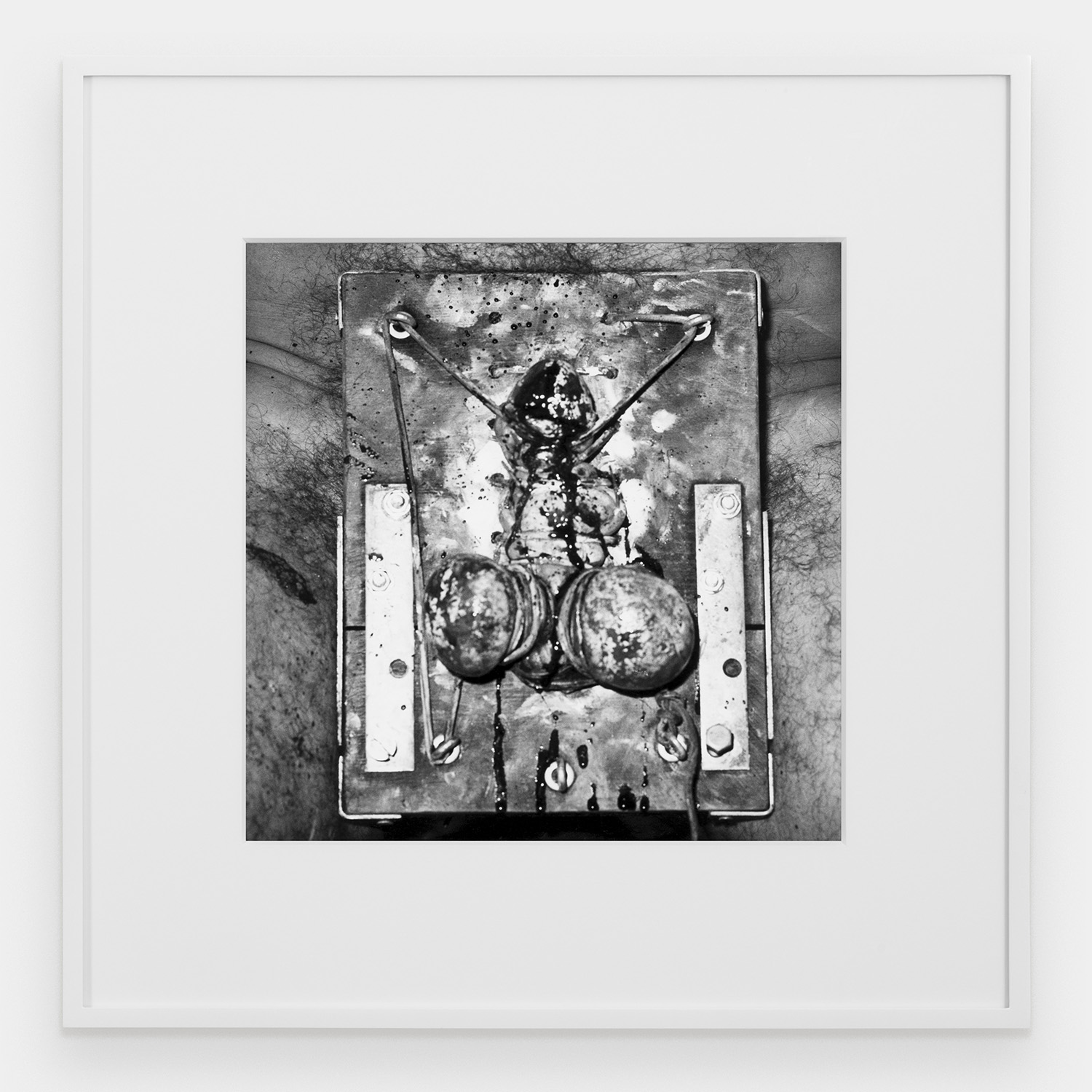
Robert Mapplethorpe
Richard, 1978
Gelatin silver print
20 x 16 inches, paper
(50.8 x 40.6 cm, paper)
©Robert Mapplethorpe Foundation. Used by permission.
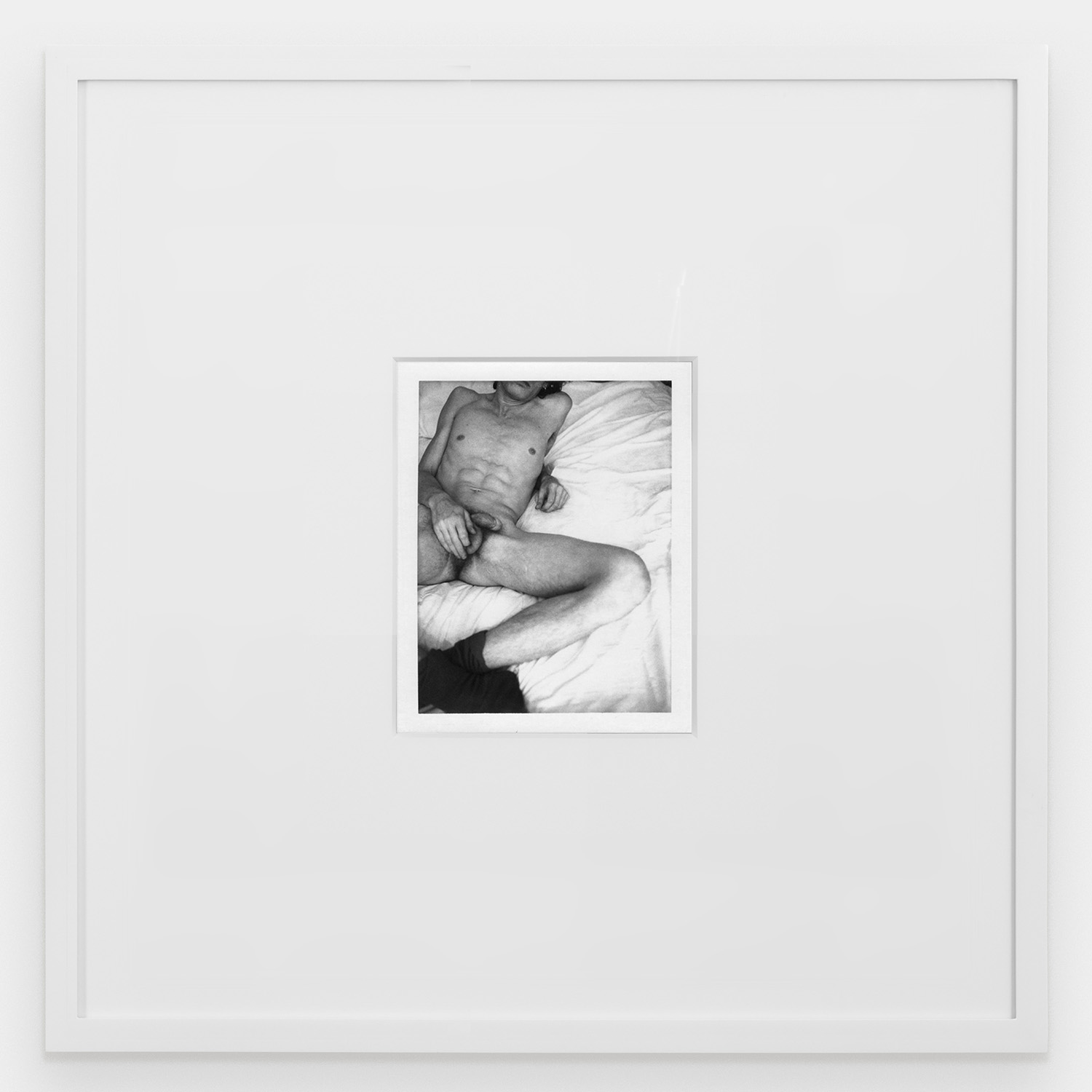
Robert Mapplethorpe
Self Portrait, c. 1972
B&W polaroid
4.25 x 3.25 inches
(10.8 x 8.3 cm)
©Robert Mapplethorpe Foundation. Used by permission.
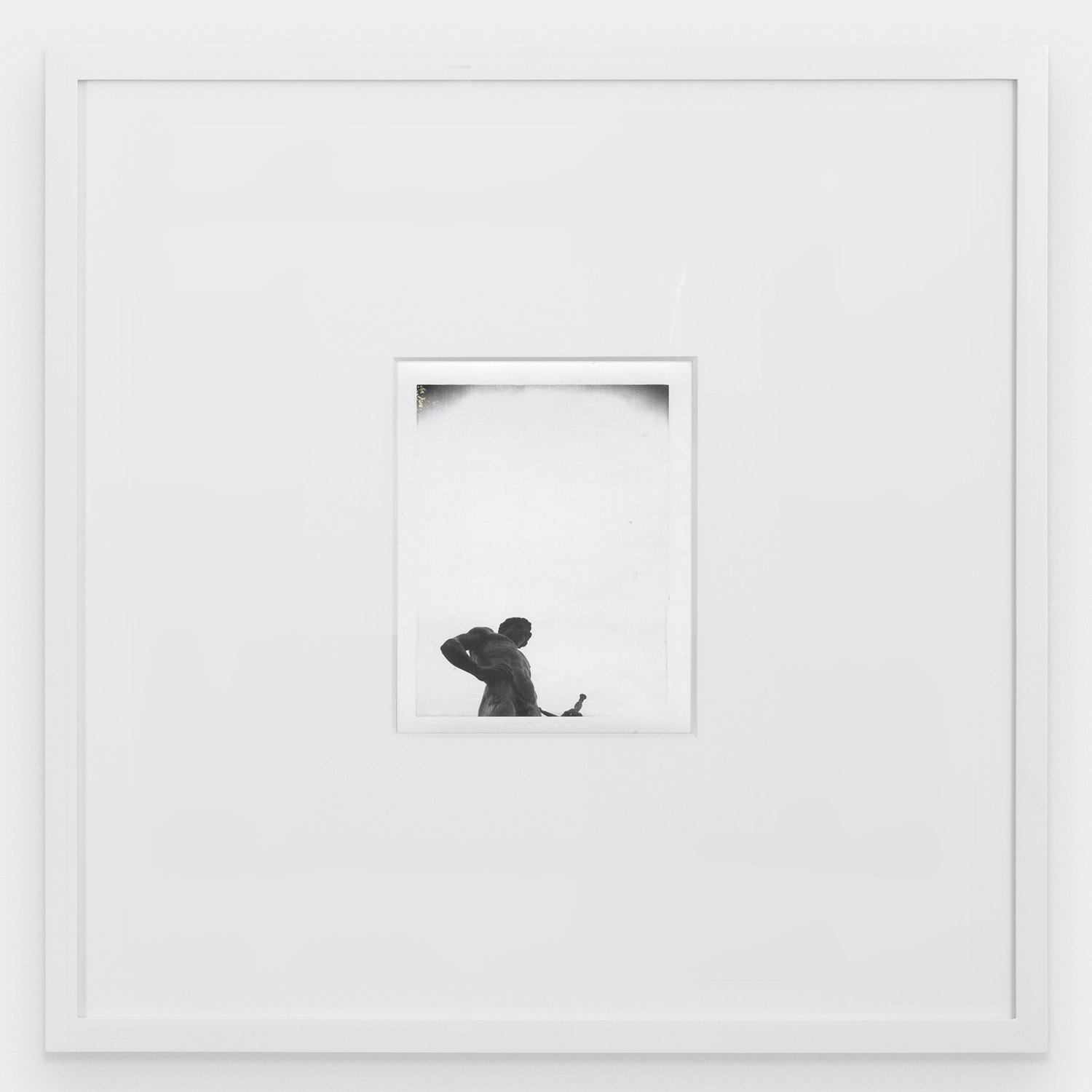
Robert Mapplethorpe
Untitled, c. 1973
B&W polaroid
4.25 x 3.37 inches
(10.8 x 8.6 cm)
©Robert Mapplethorpe Foundation. Used by permission.
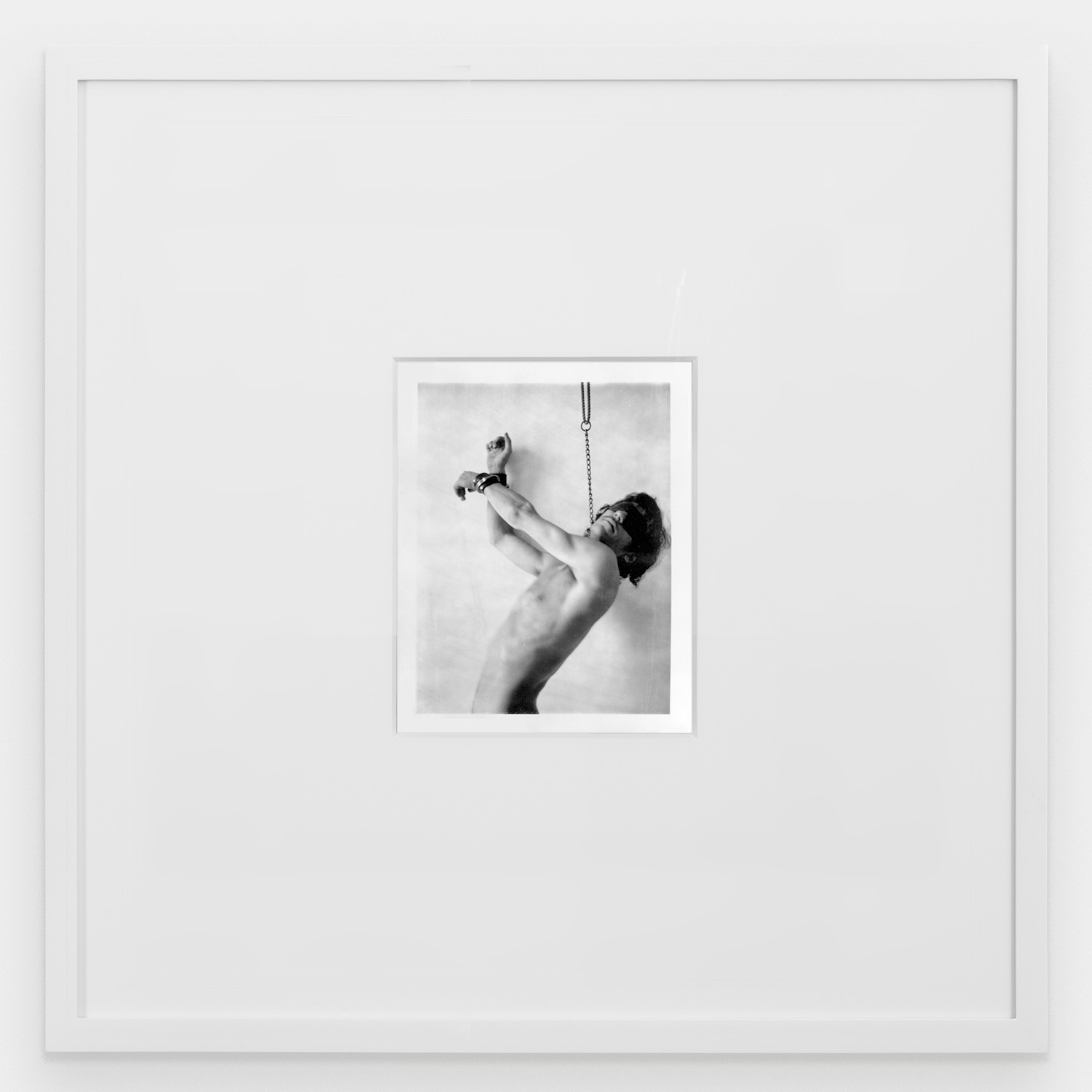
Robert Mapplethorpe
Untitled (Bondage), c. 1972
B&W polaroid
4.25 x 3.37 inches
(10.8 x 8.6 cm)
©Robert Mapplethorpe Foundation. Used by permission.
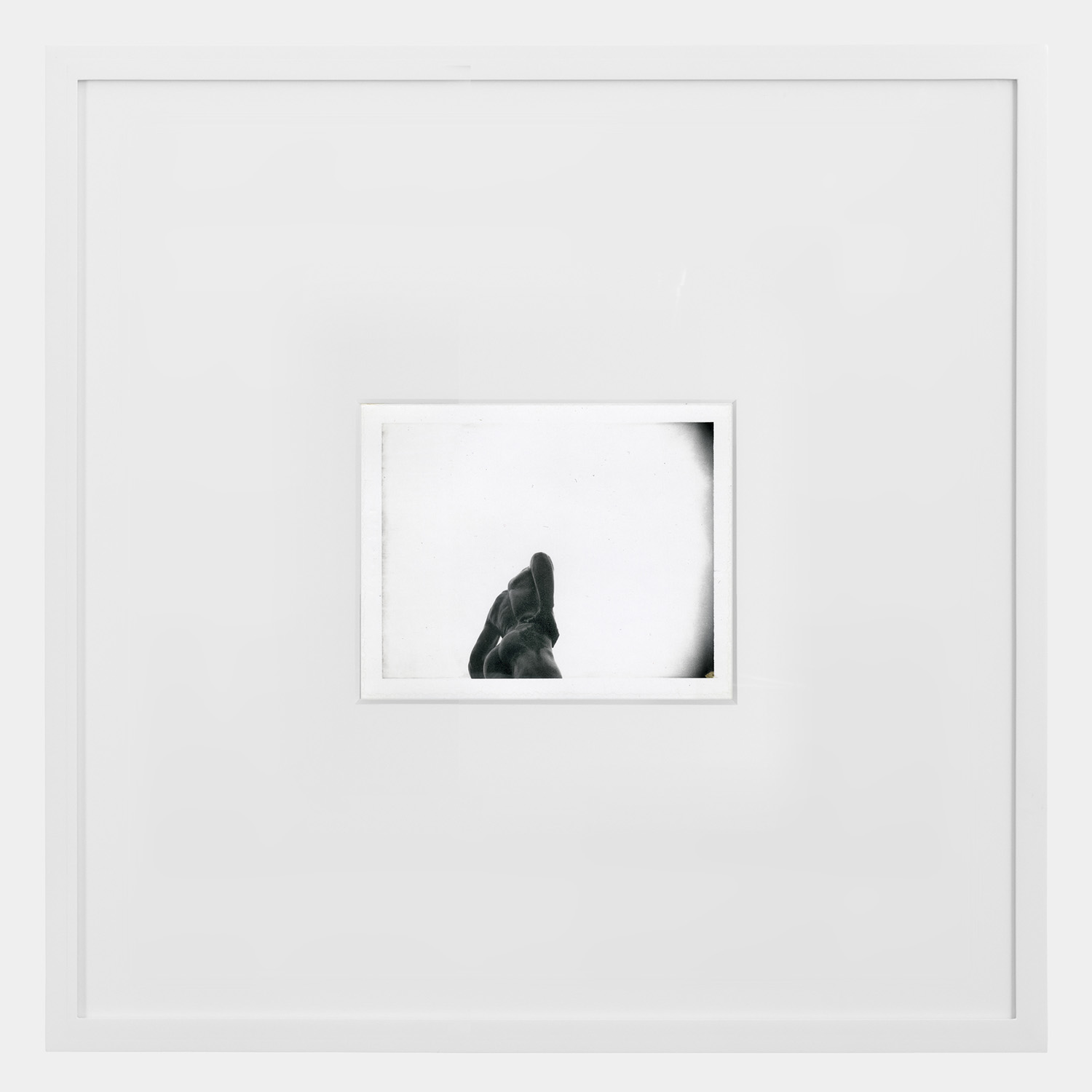
Robert Mapplethorpe
Untitled, c. 1973
B&W polaroid
3.37 x 4.25 inches
(8.6 x 10.8 cm)
©Robert Mapplethorpe Foundation. Used by permission.
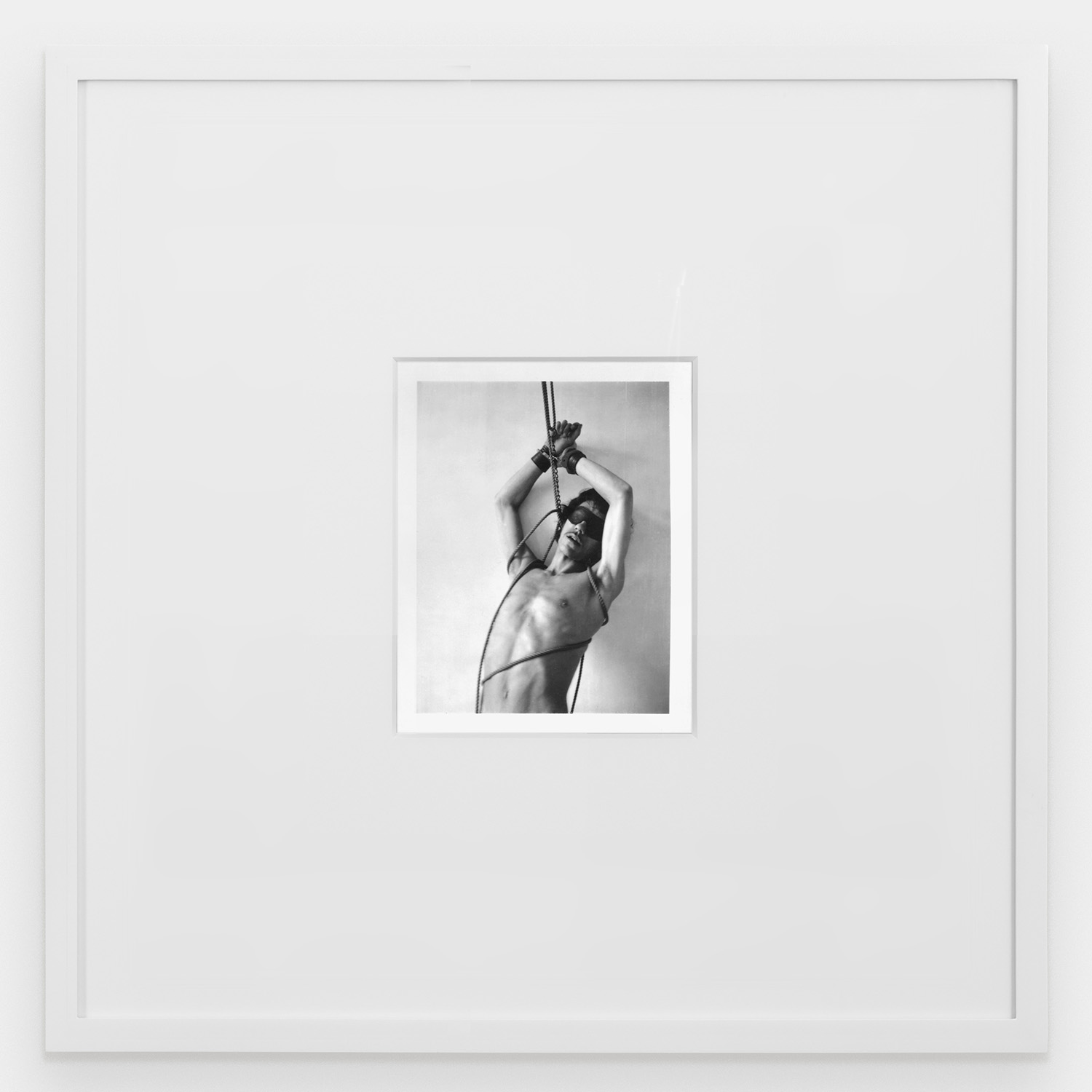
Robert Mapplethorpe
Untitled (Bondage), c. 1972
B&W polaroid
4.25 x 3.37 inches
(10.8 x 8.6 cm)
©Robert Mapplethorpe Foundation. Used by permission.
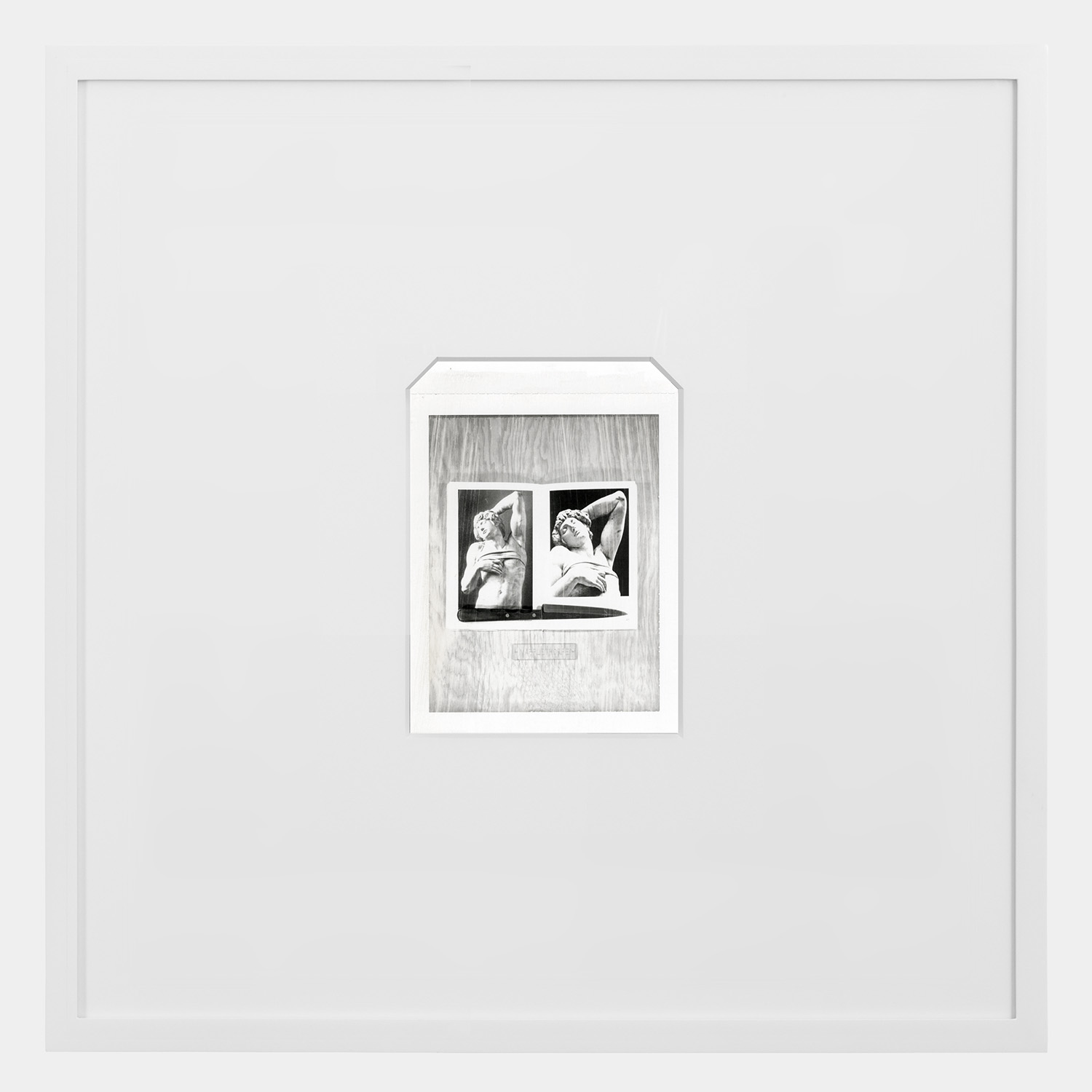
Robert Mapplethorpe
Untitled (Slave), 1974
B&W polaroid
5.75 x 4.12 inches
(14.6 x 10.5 cm)
©Robert Mapplethorpe Foundation. Used by permission.

